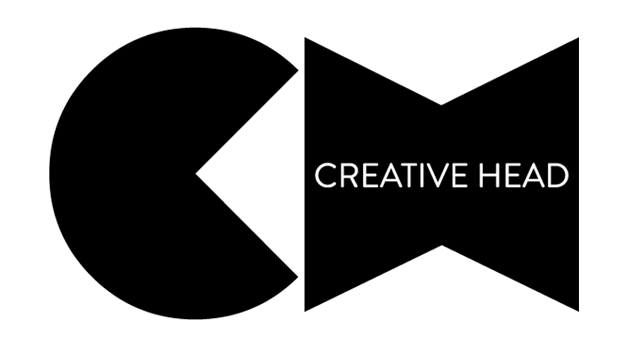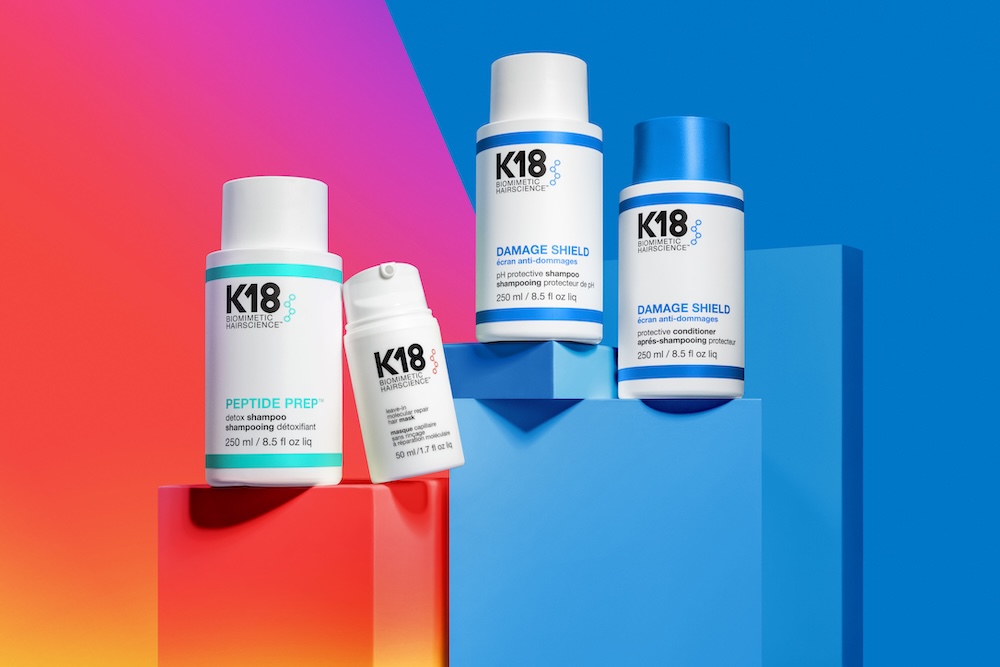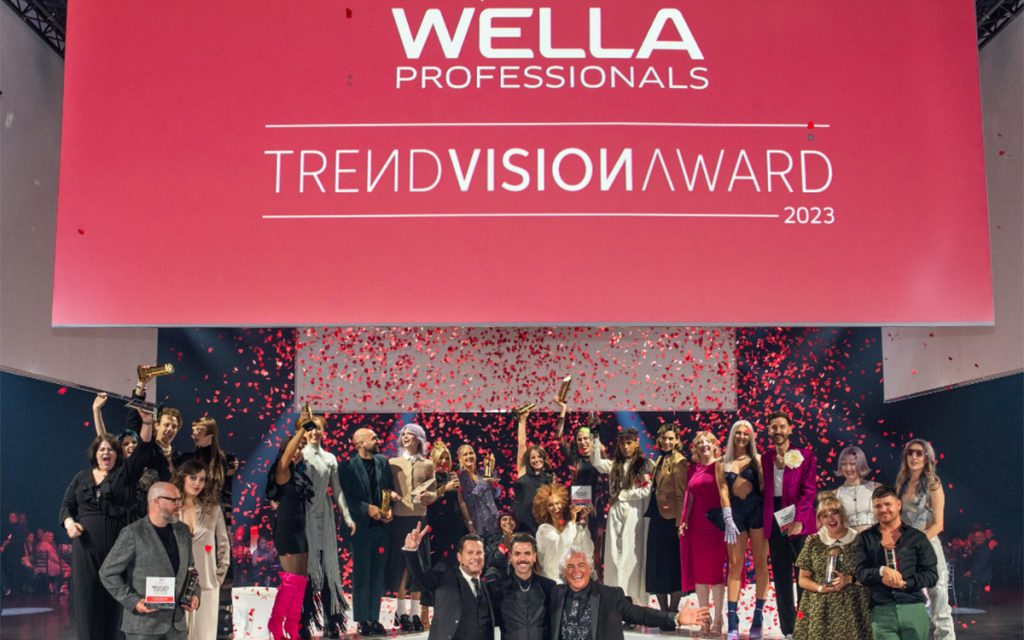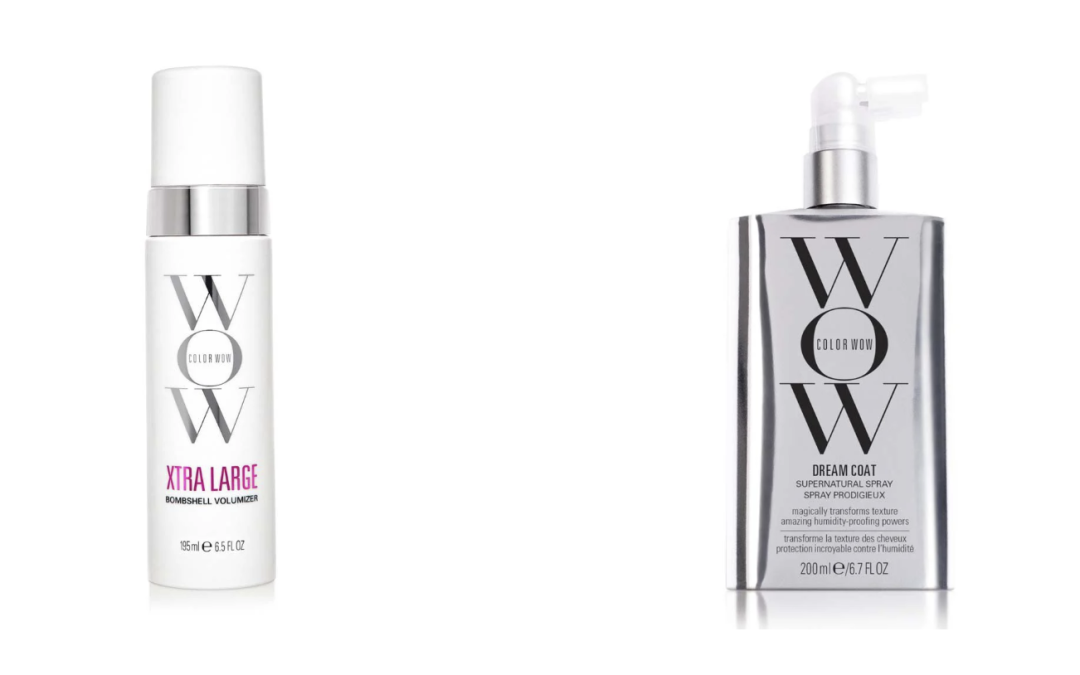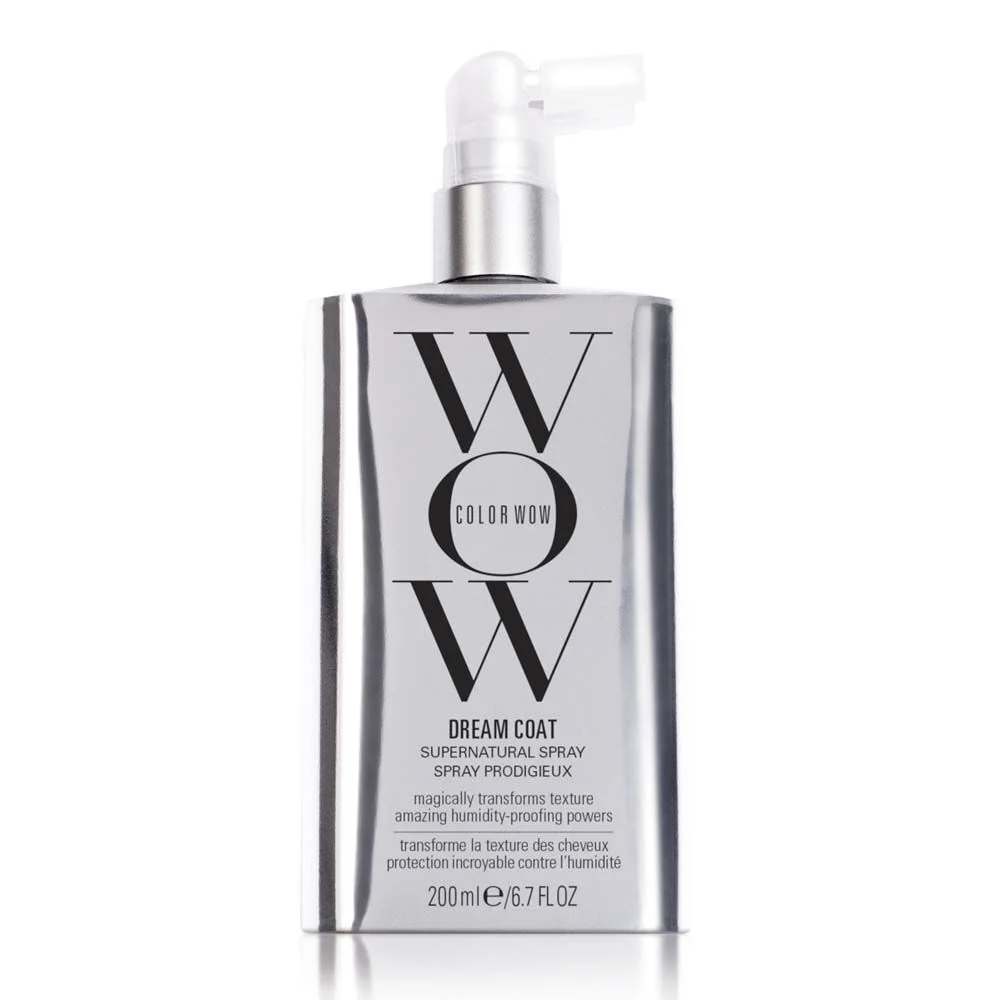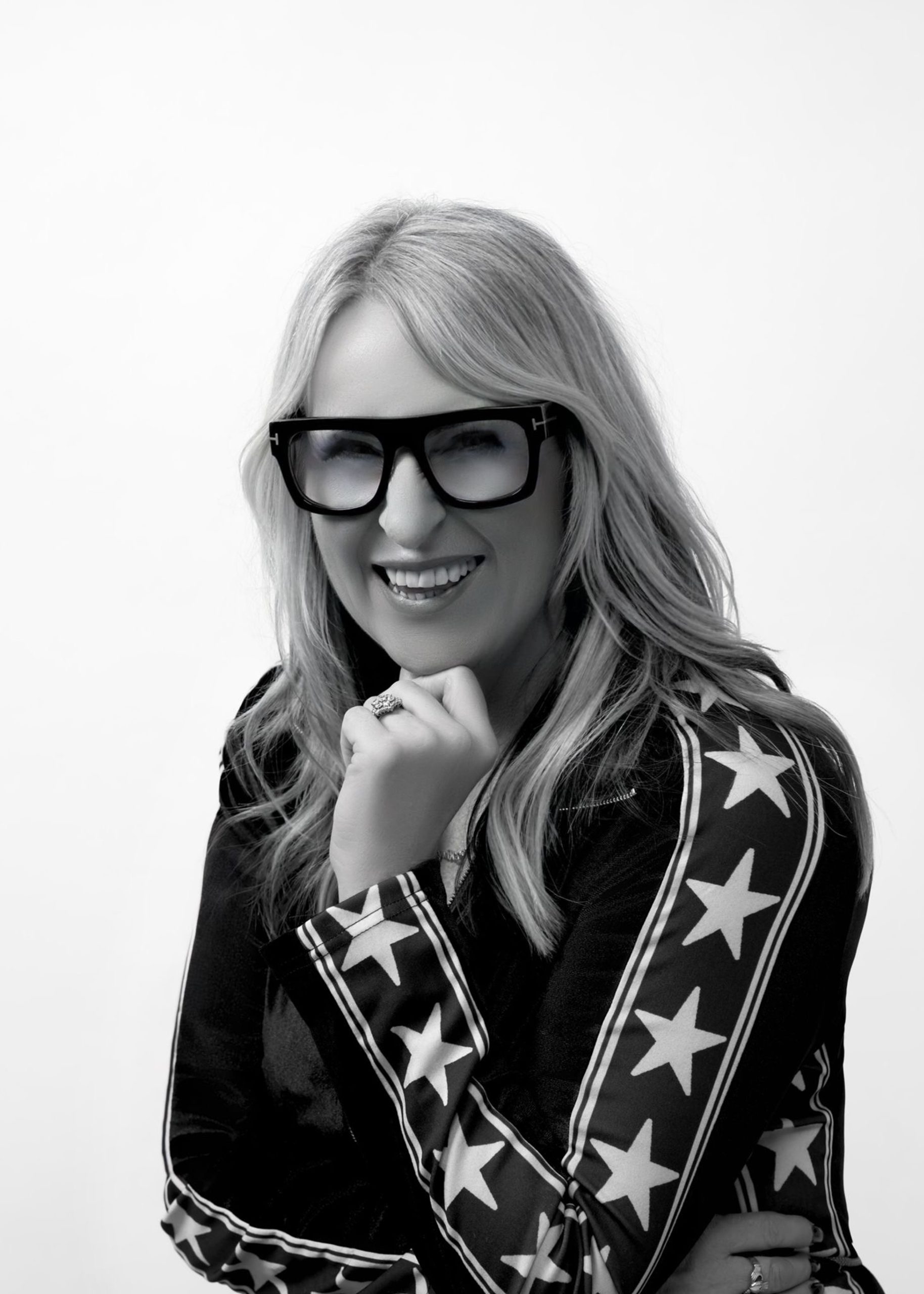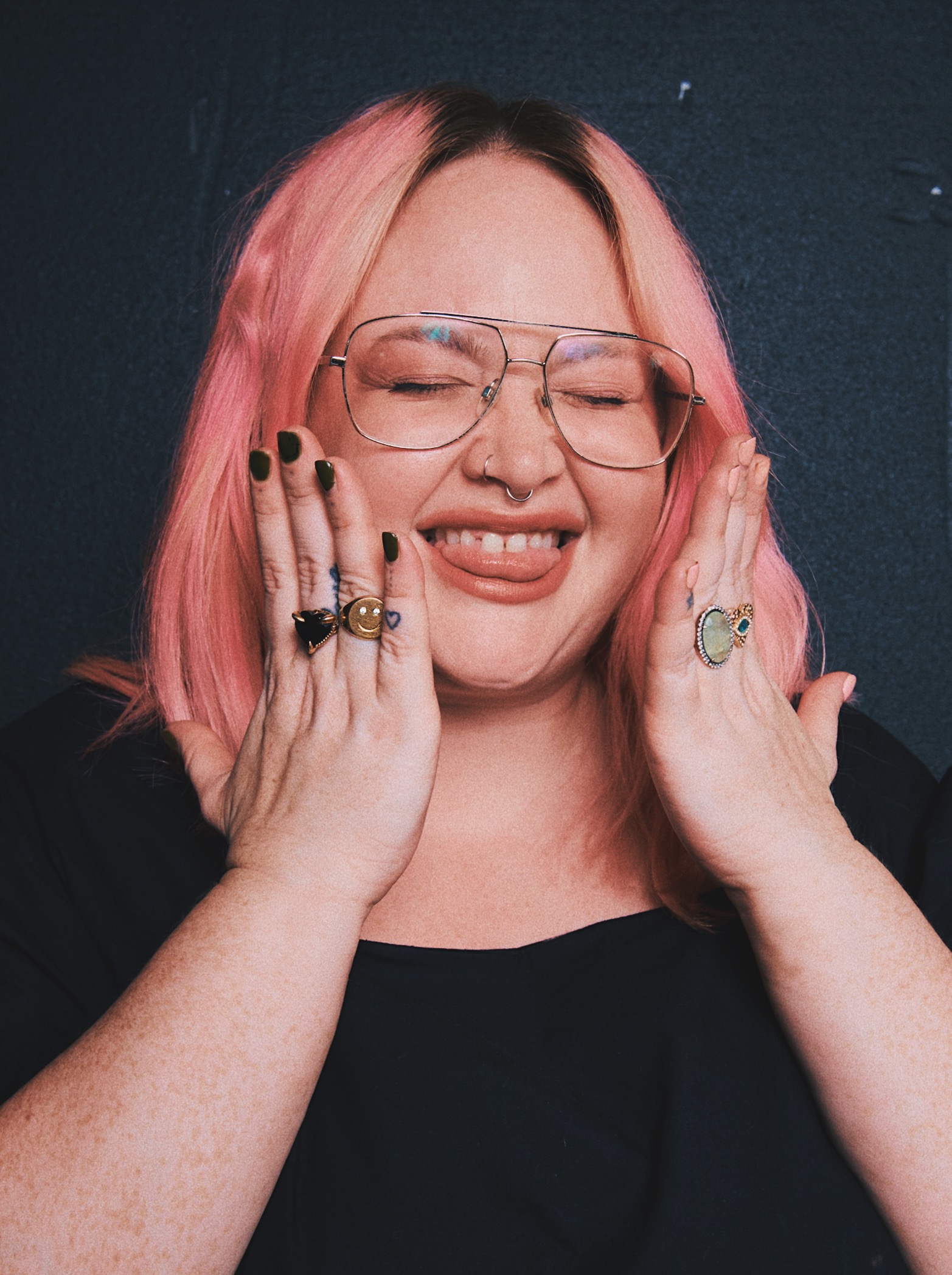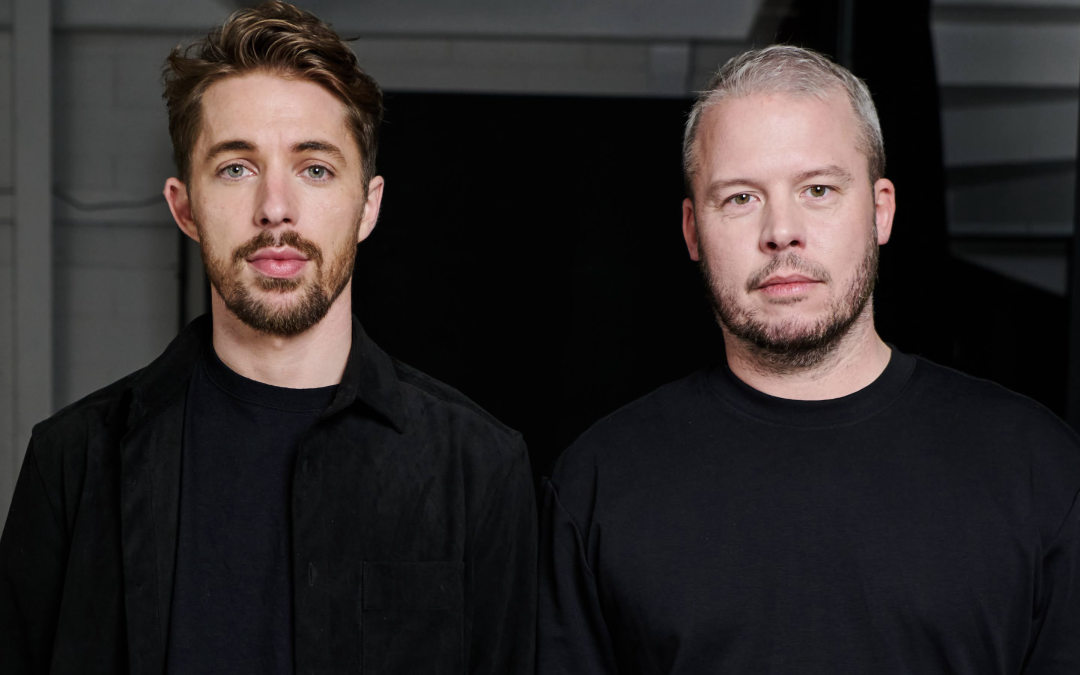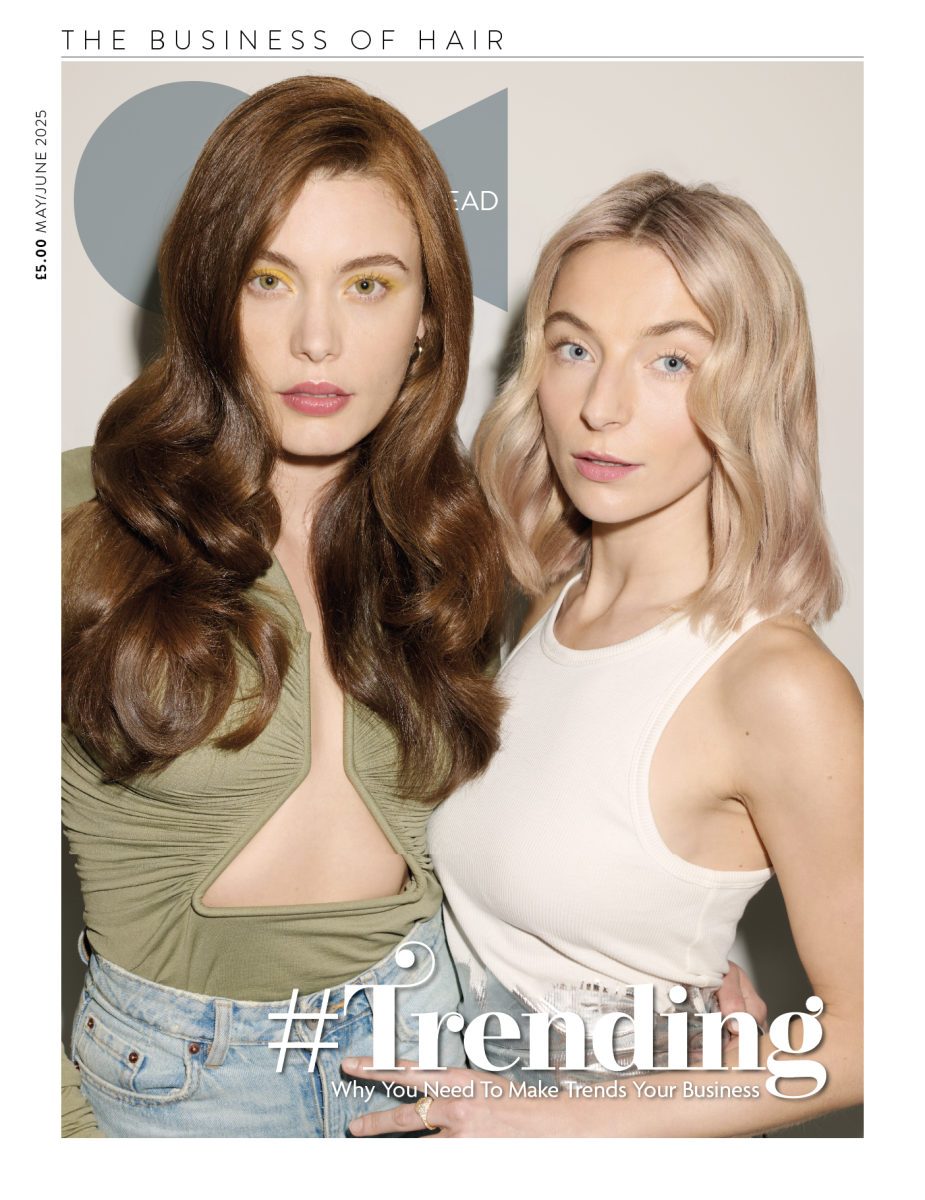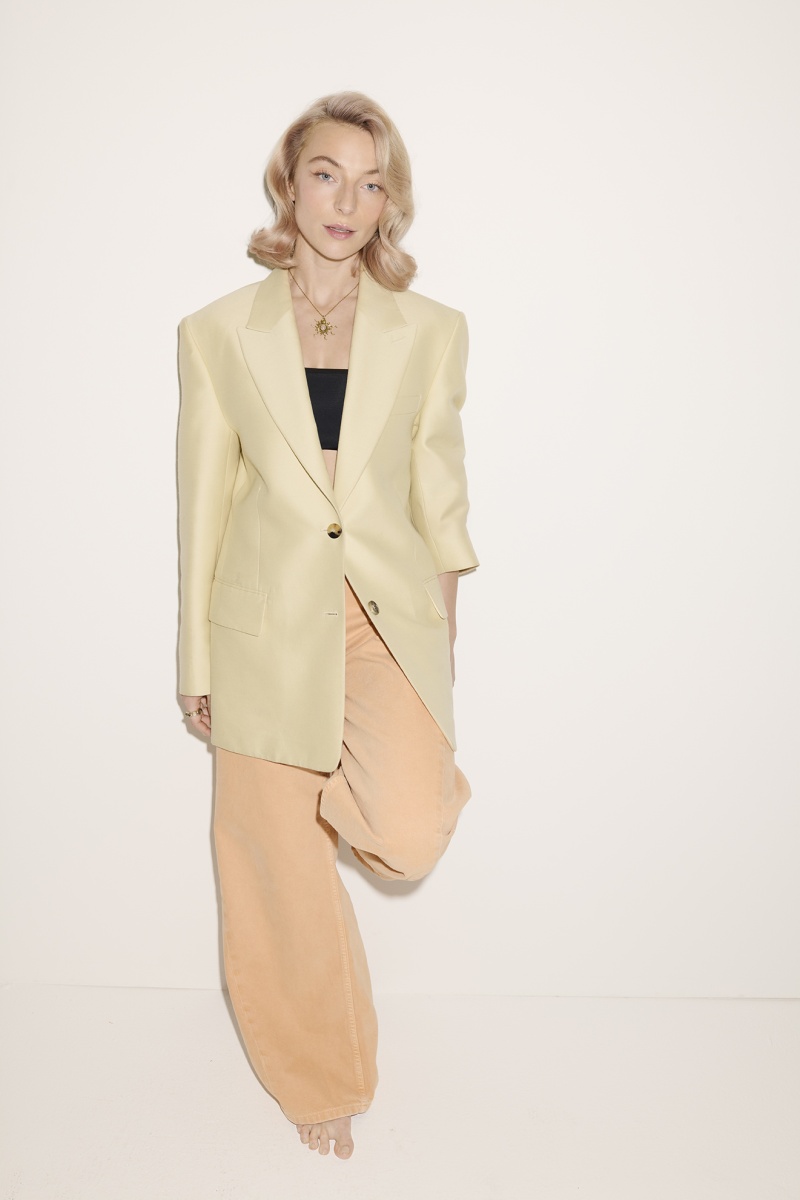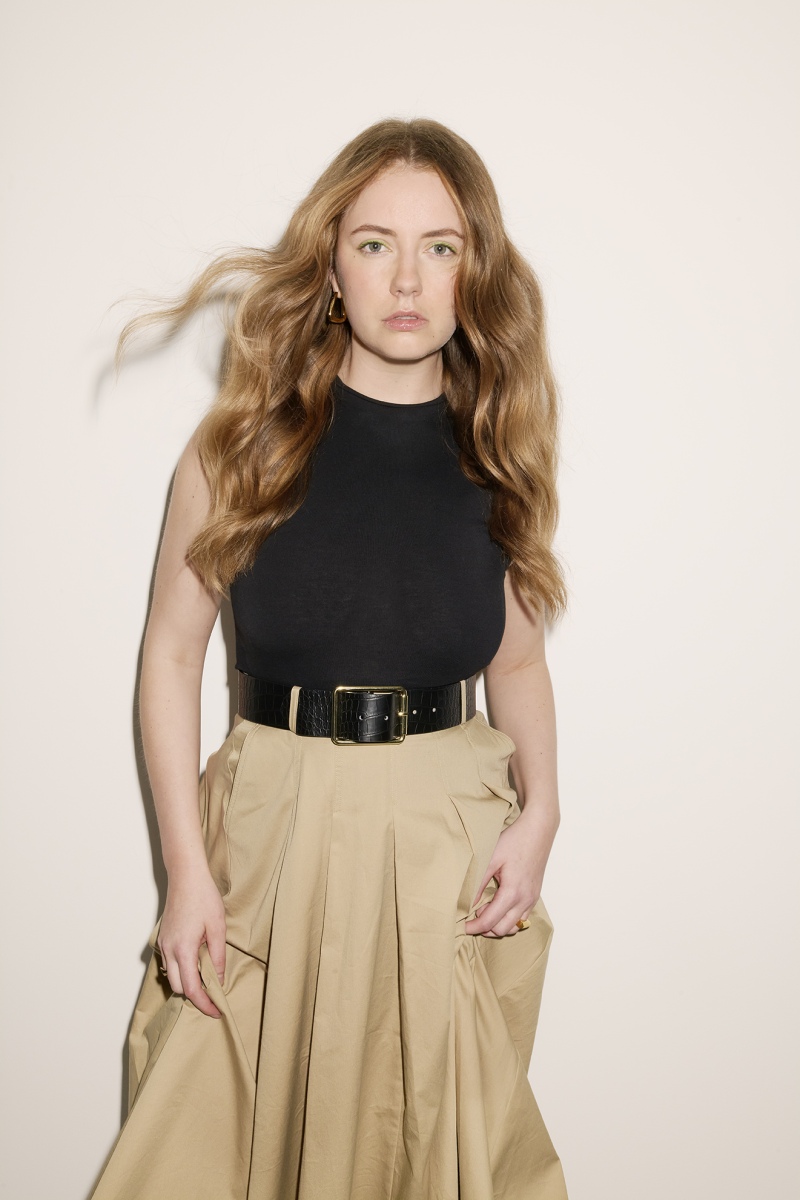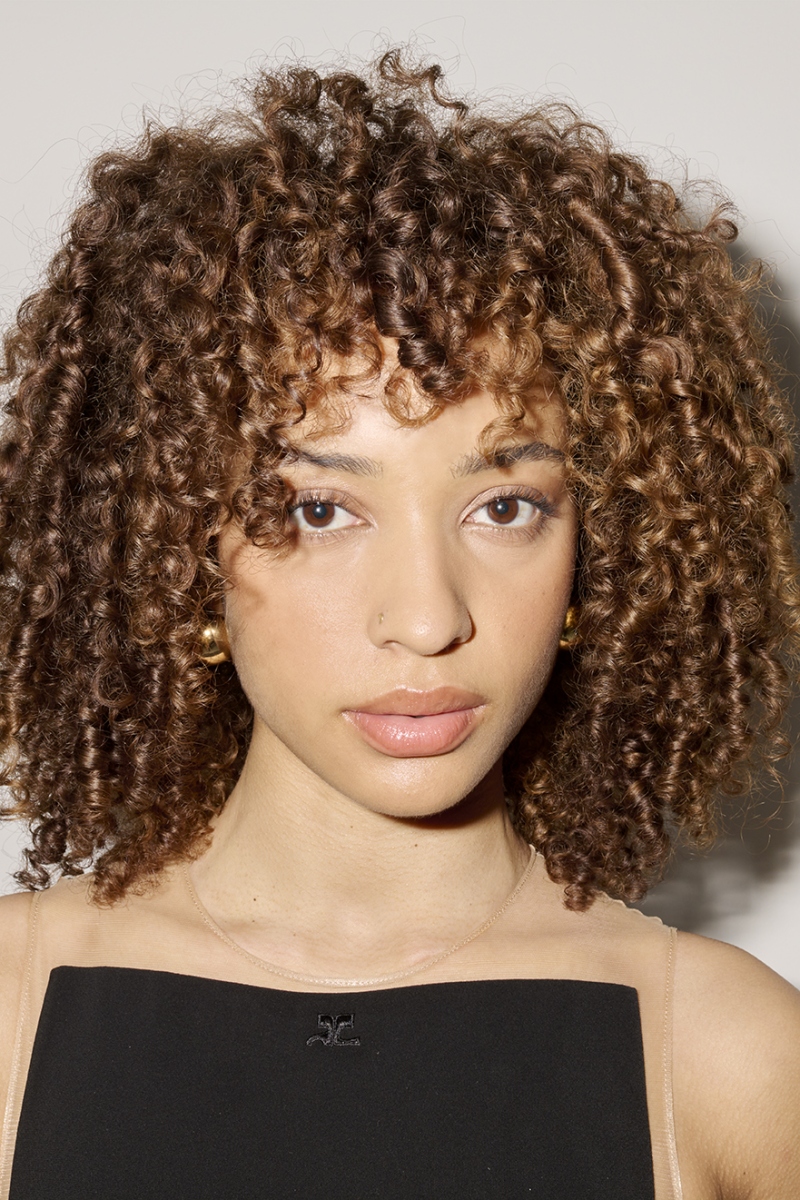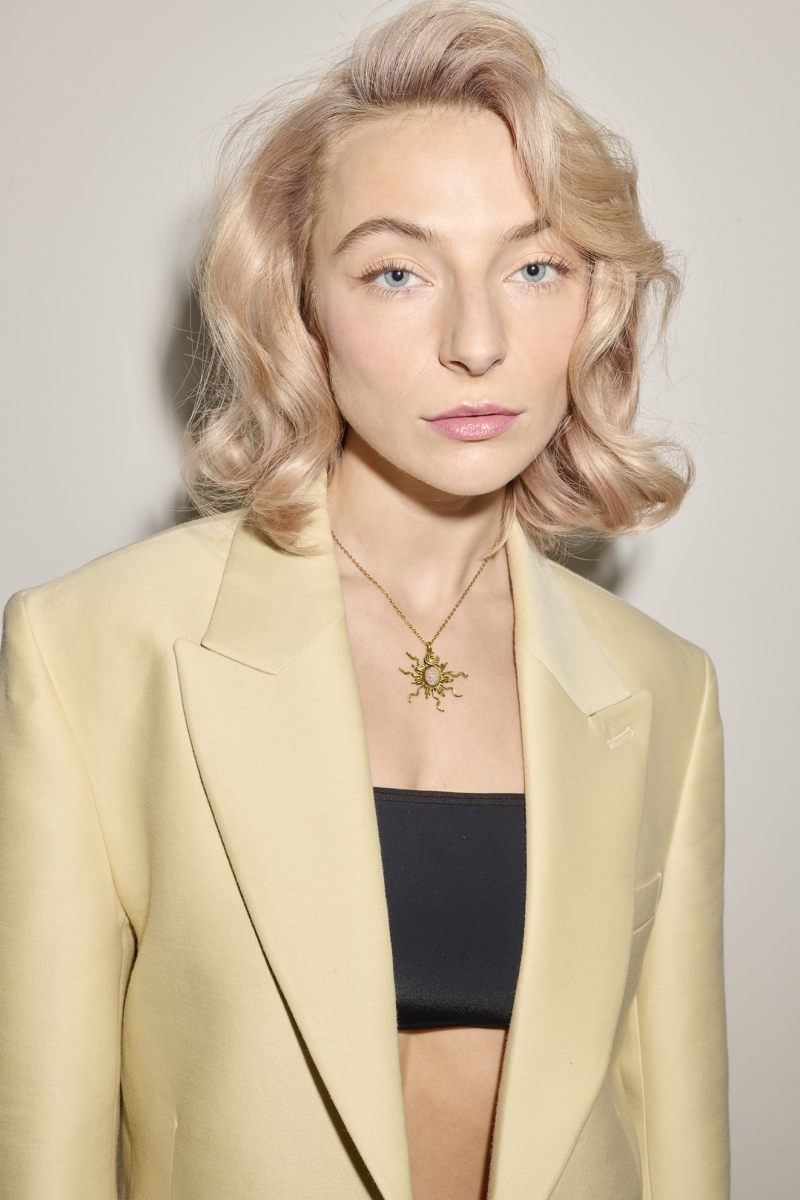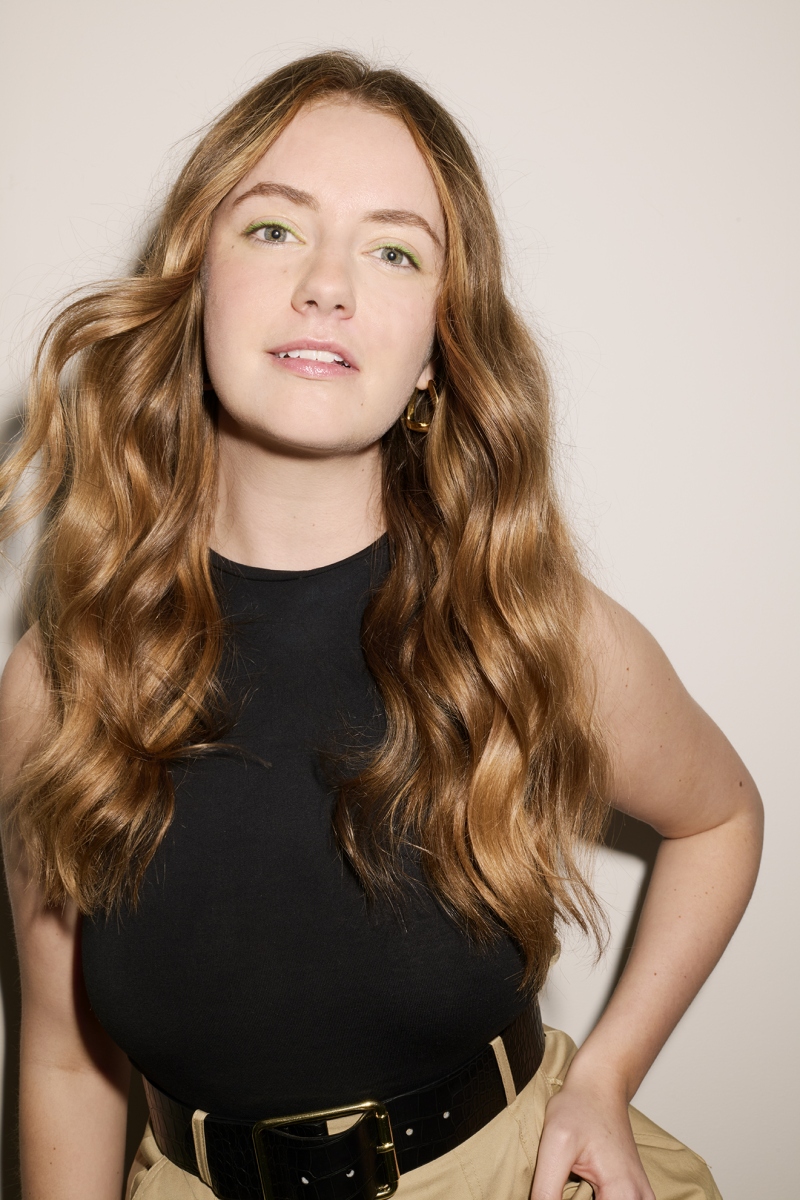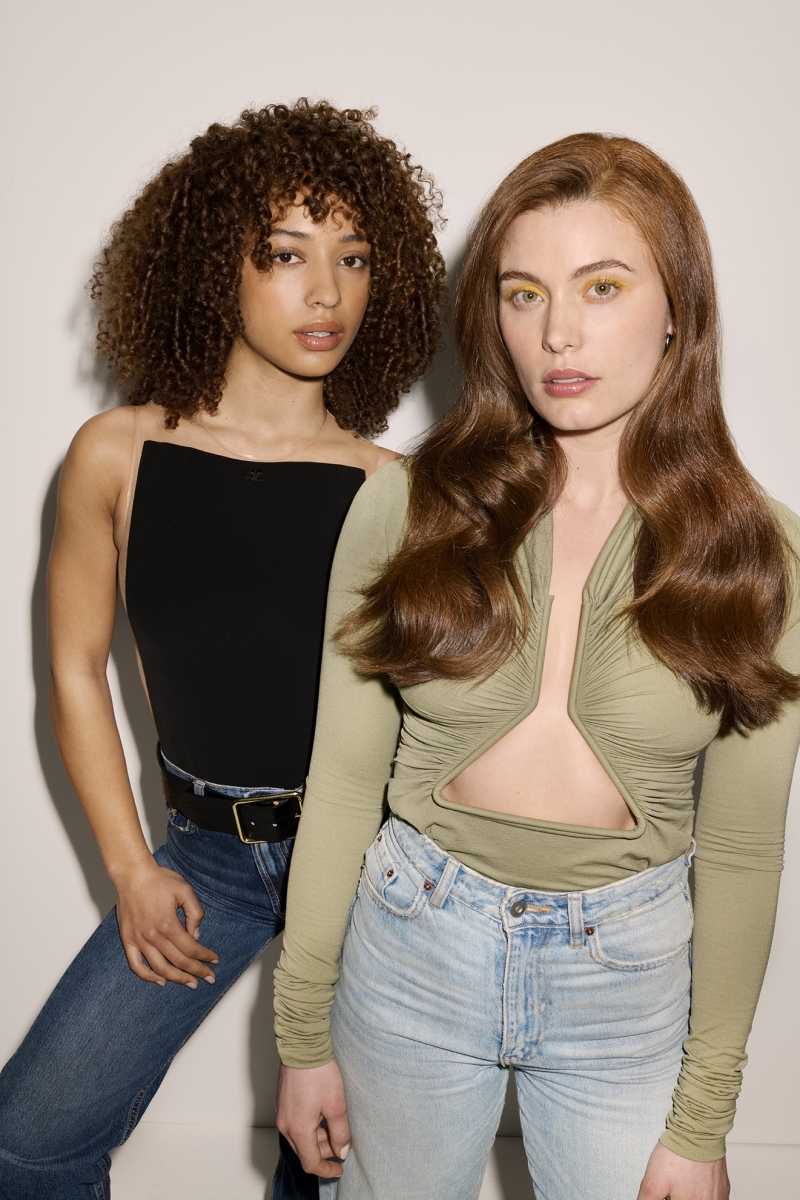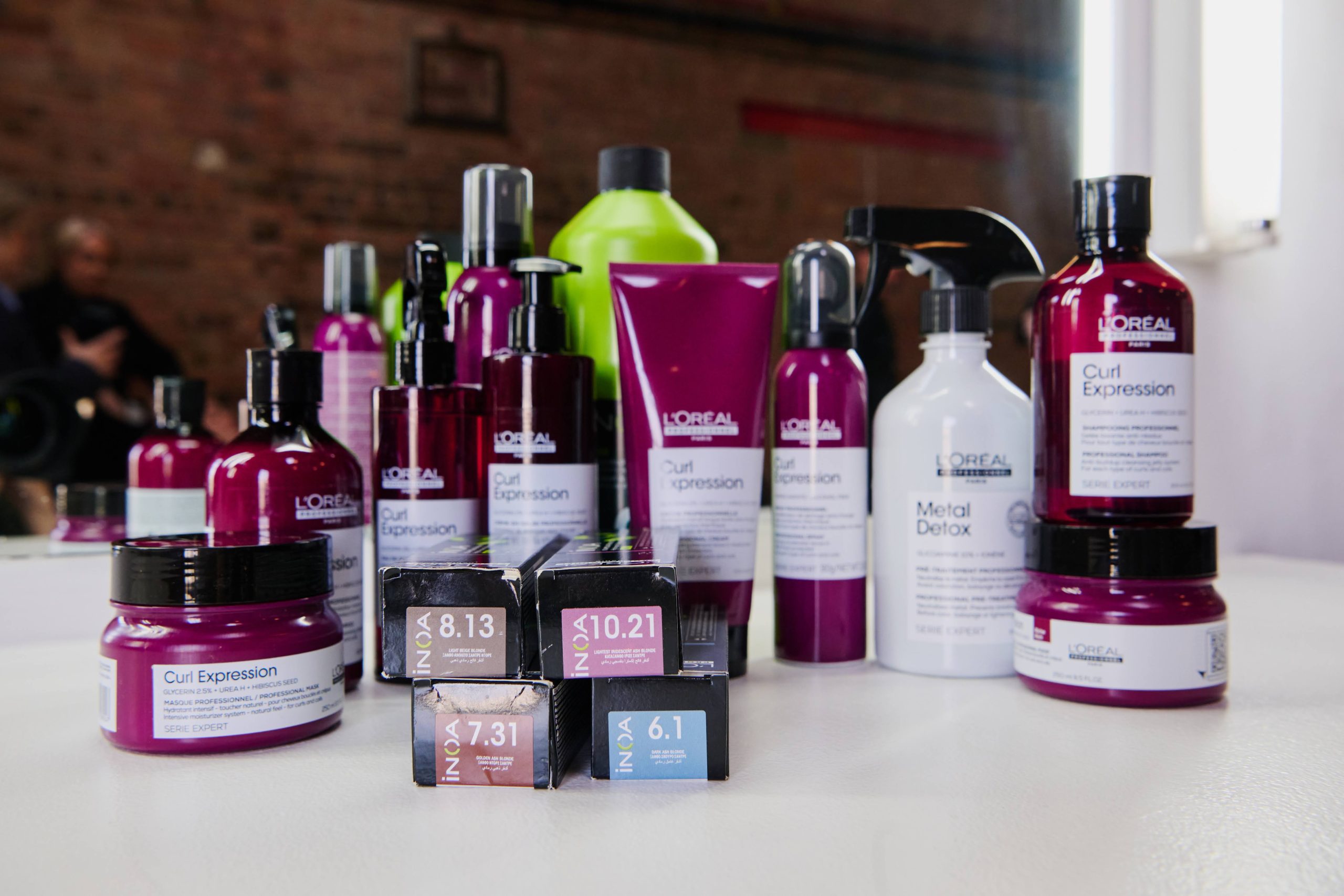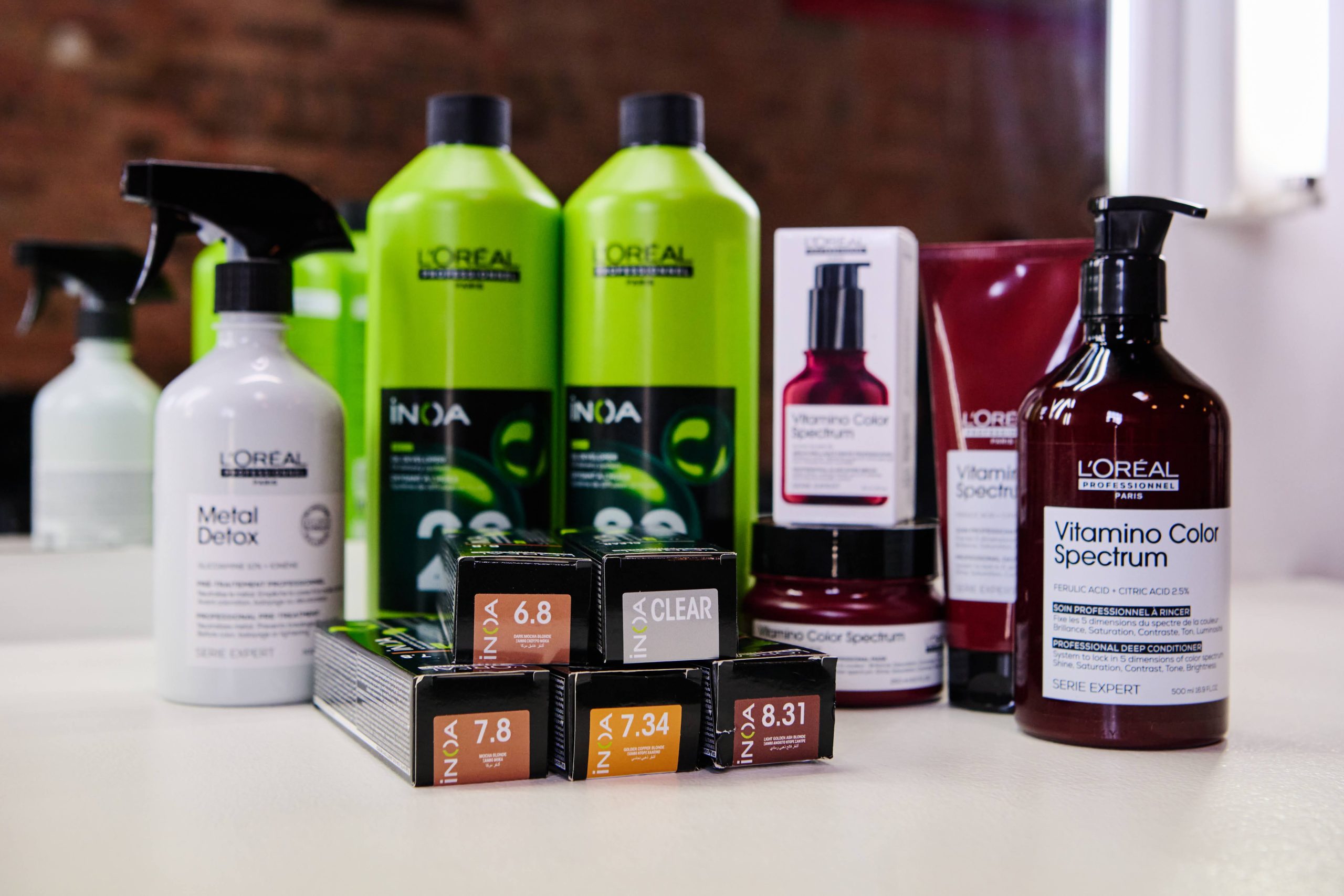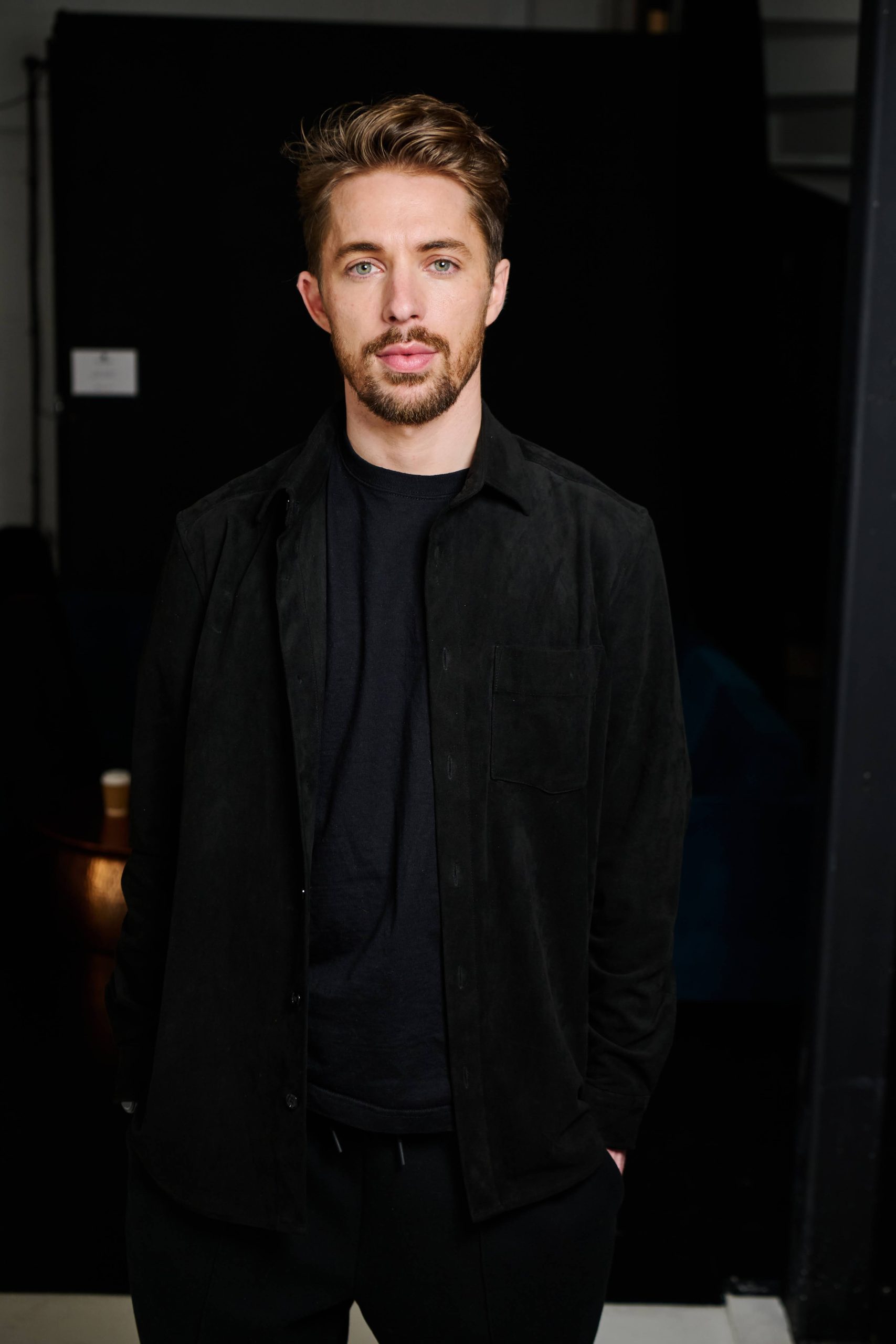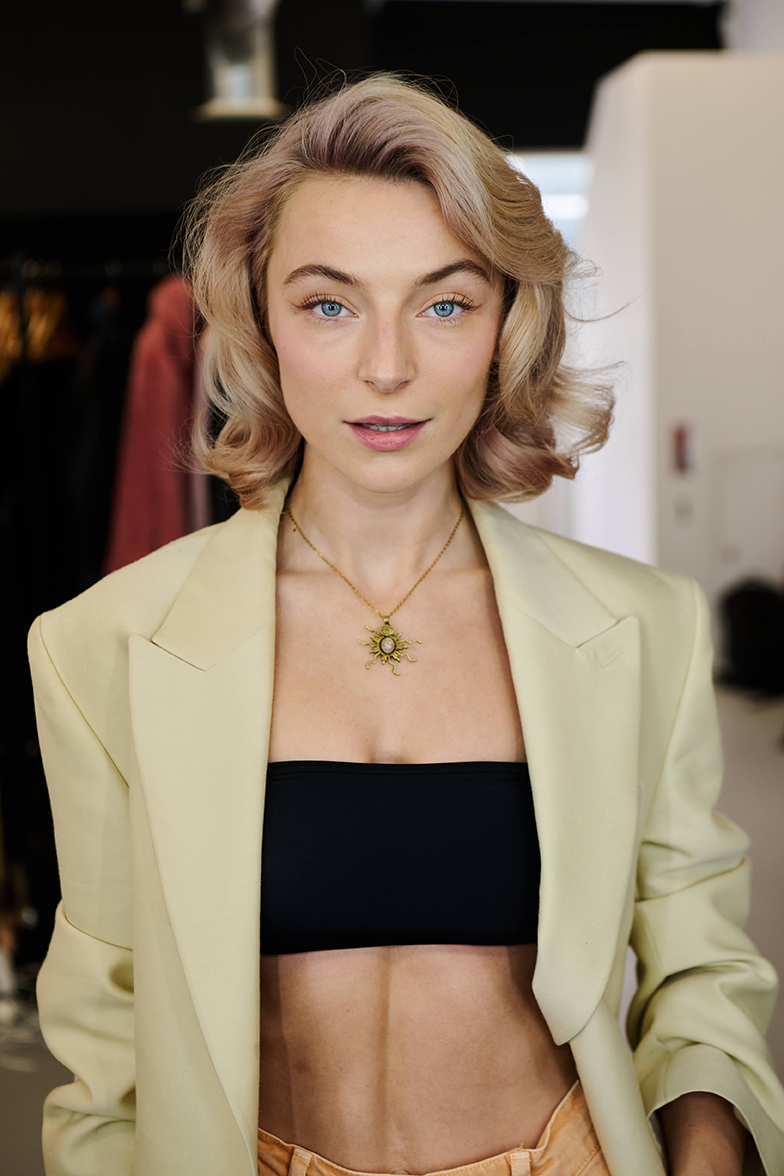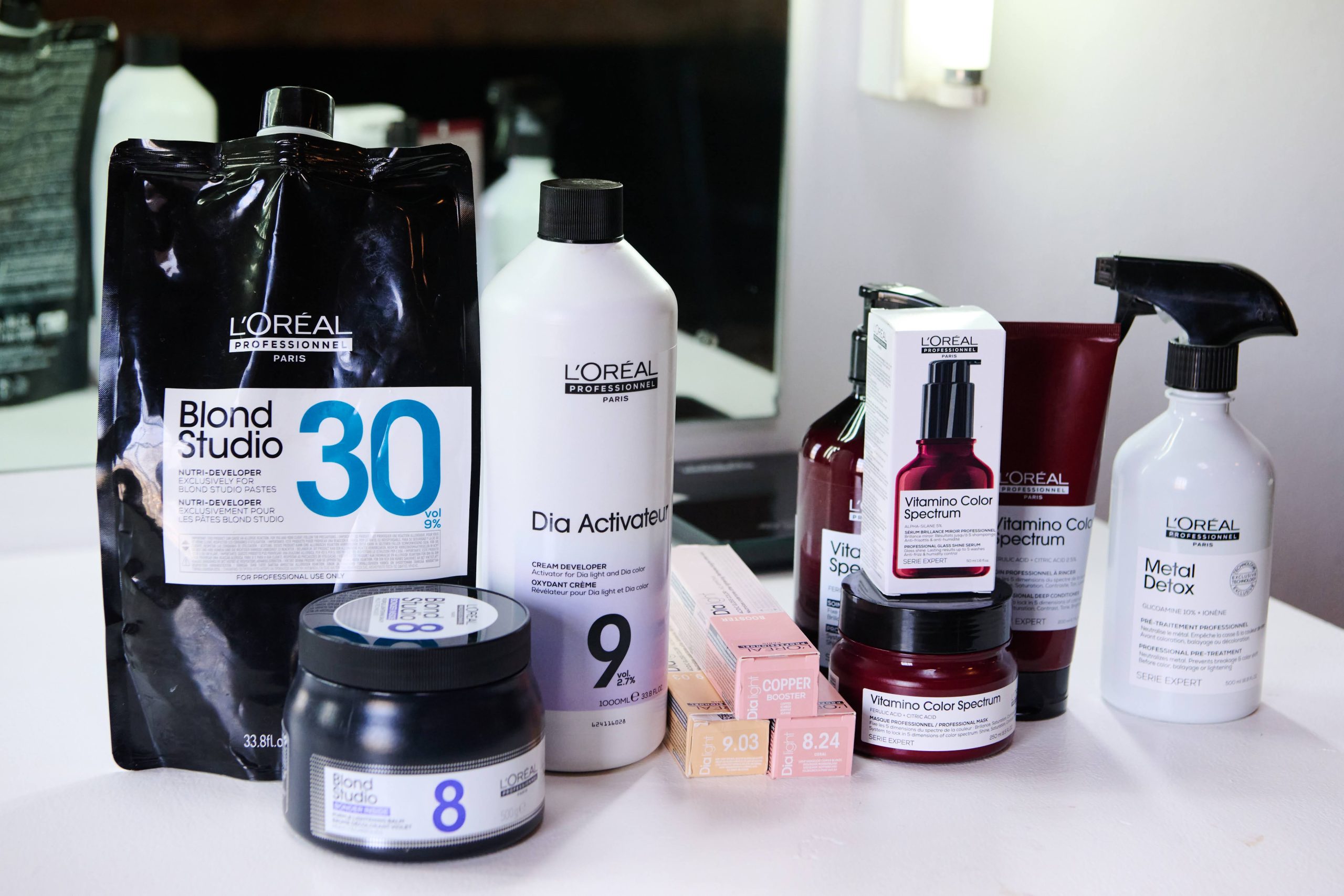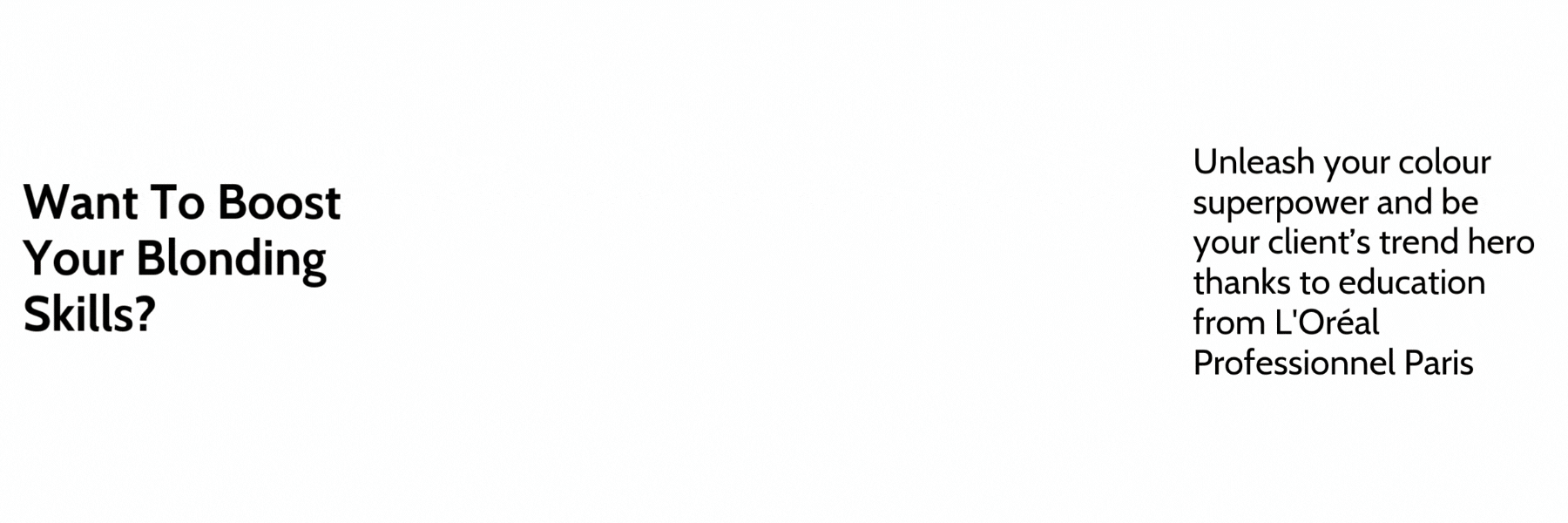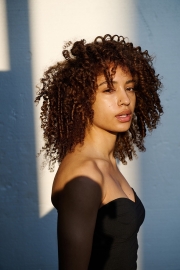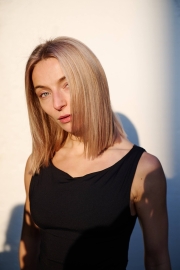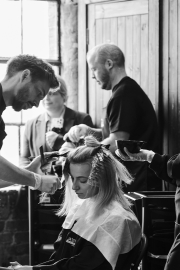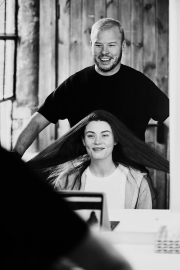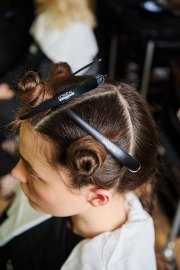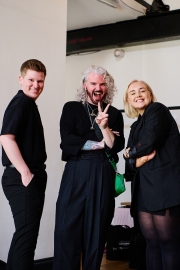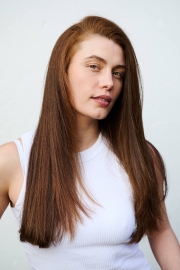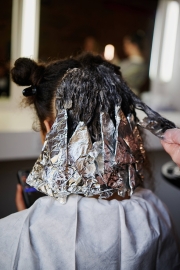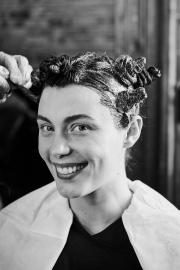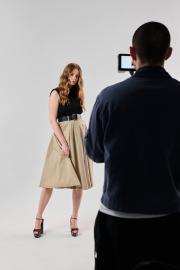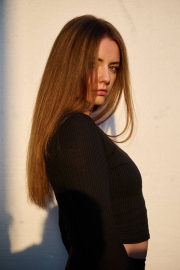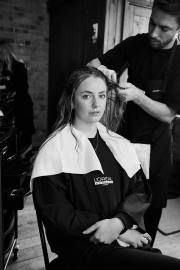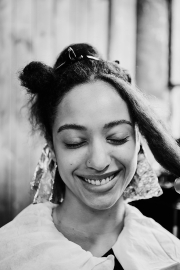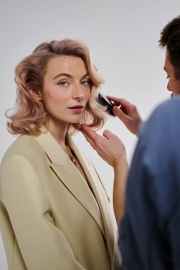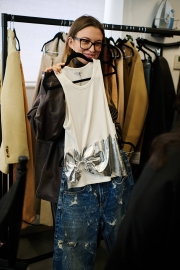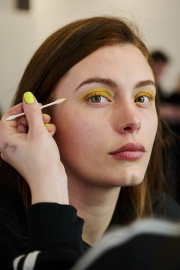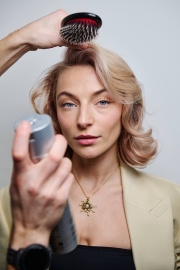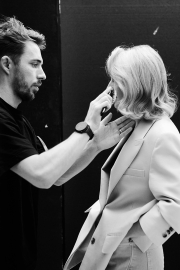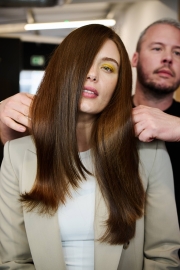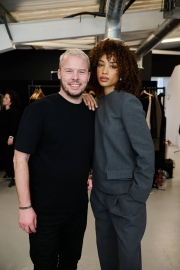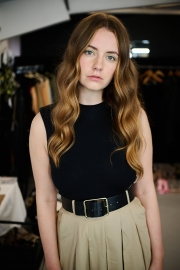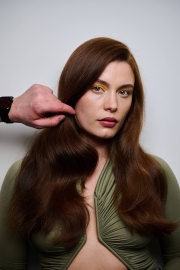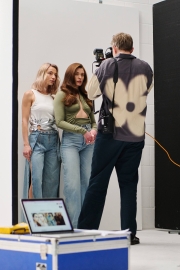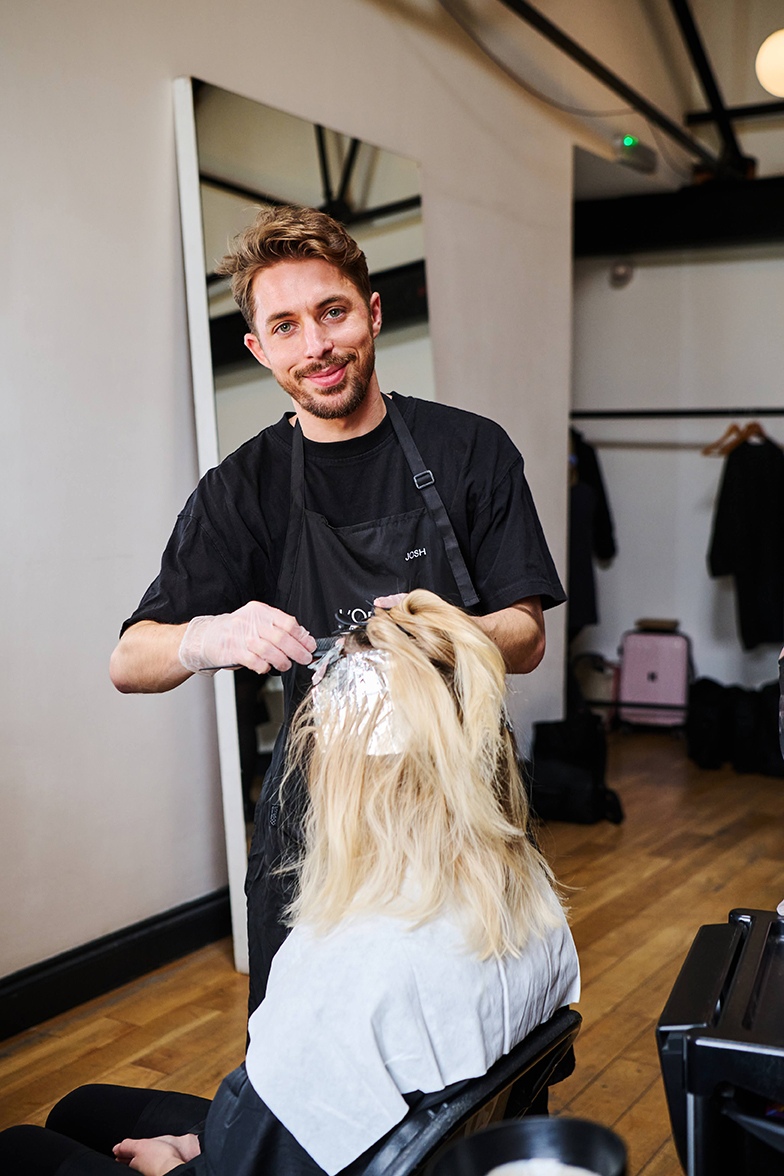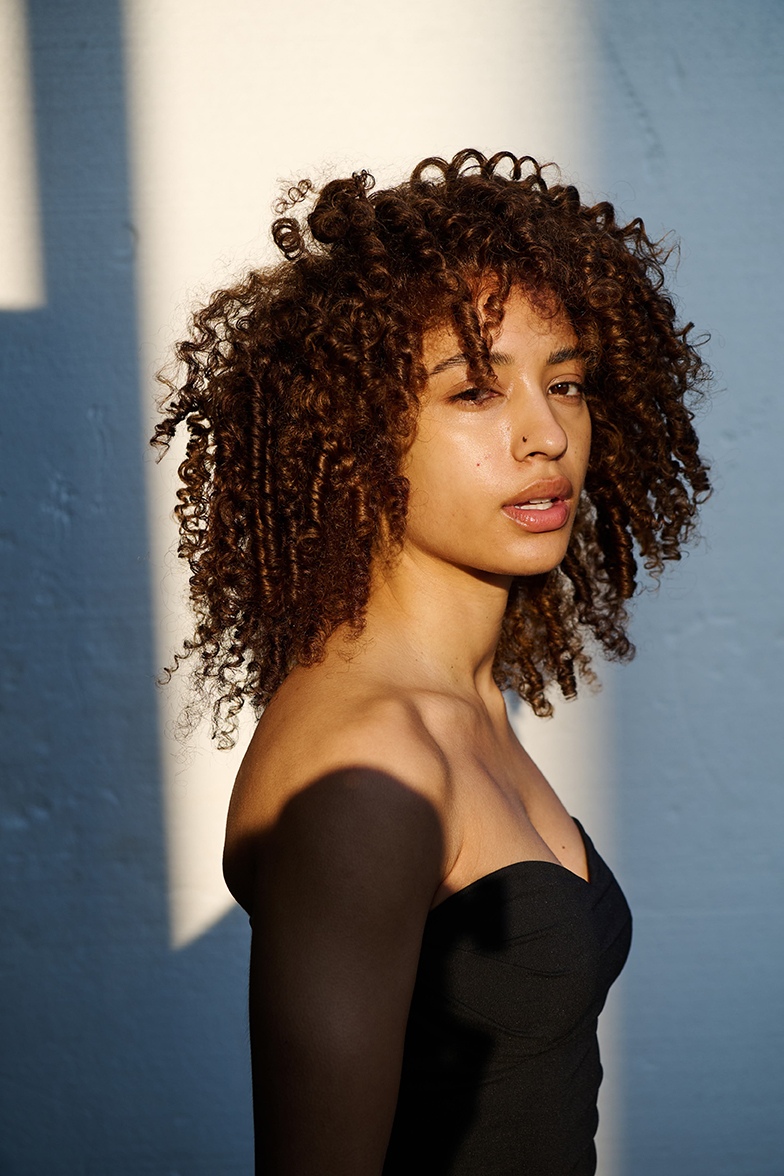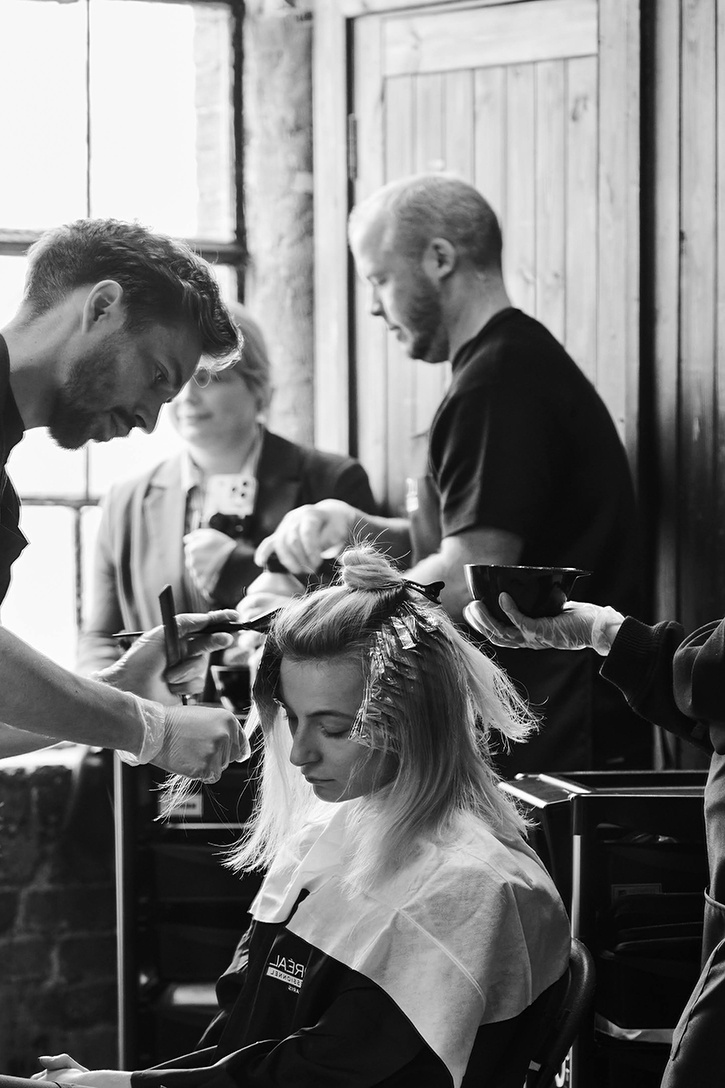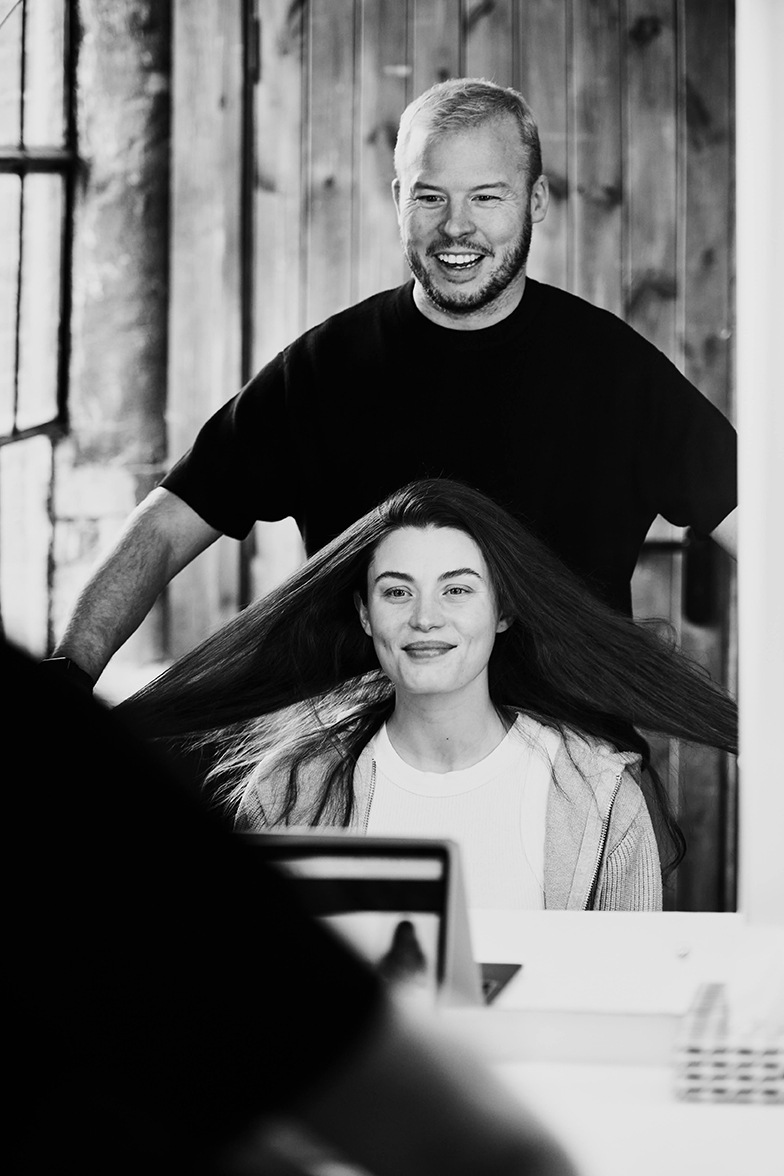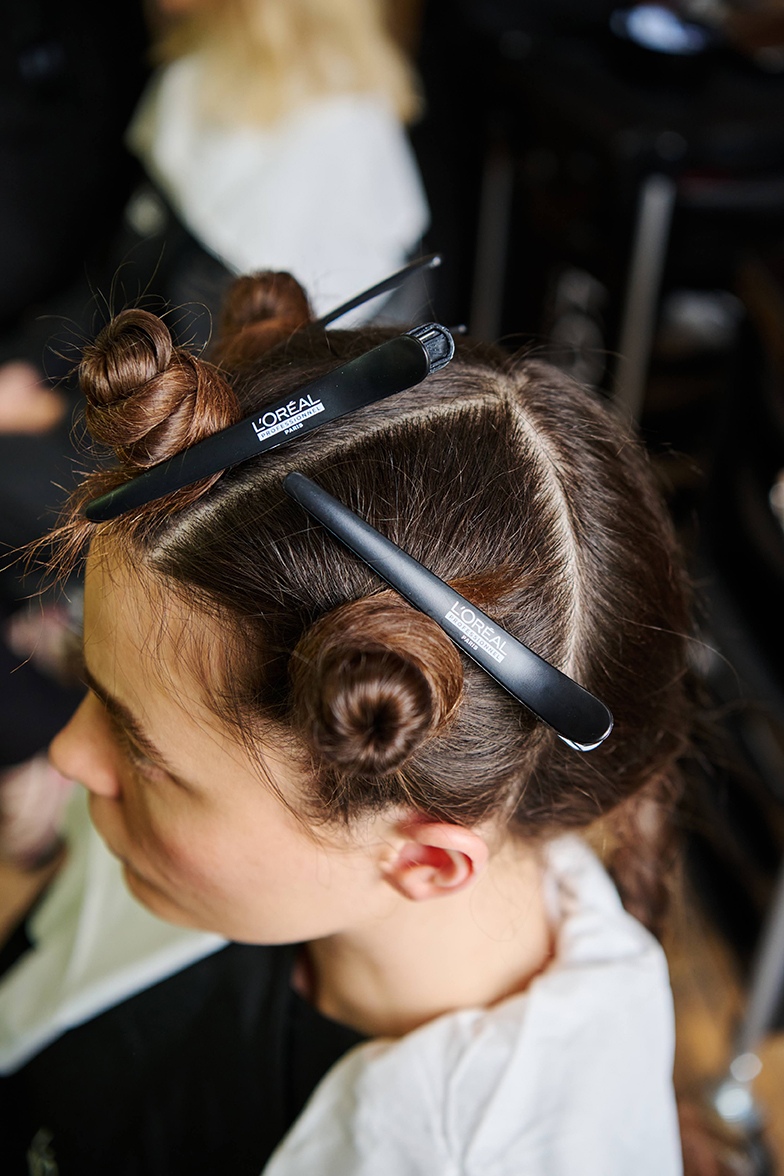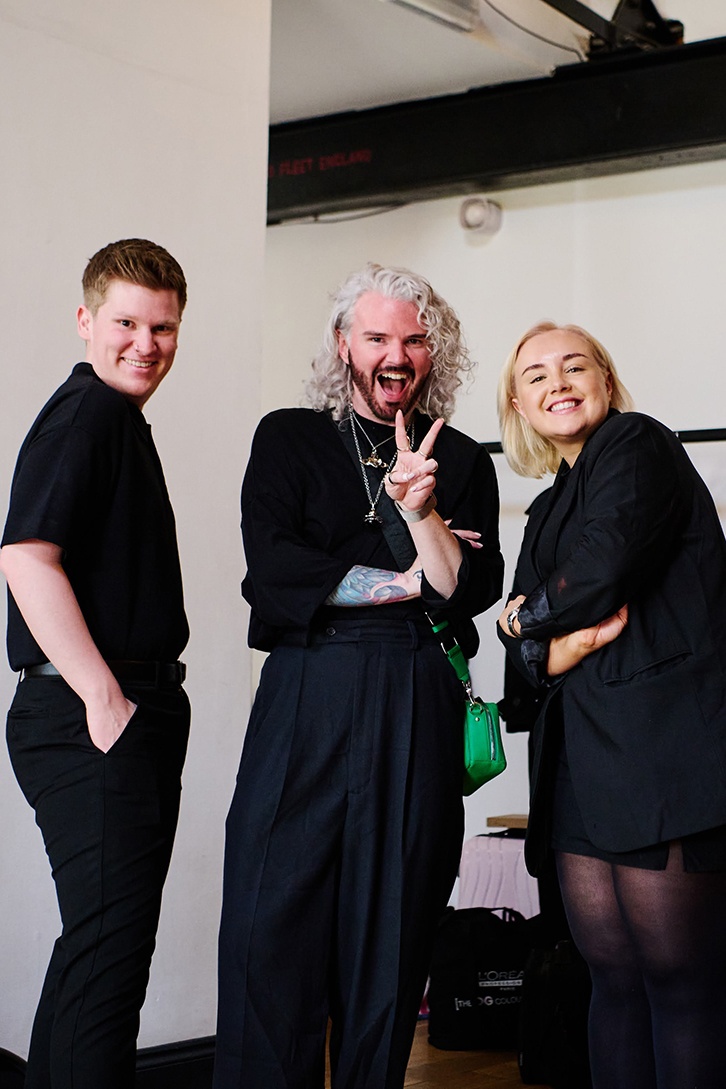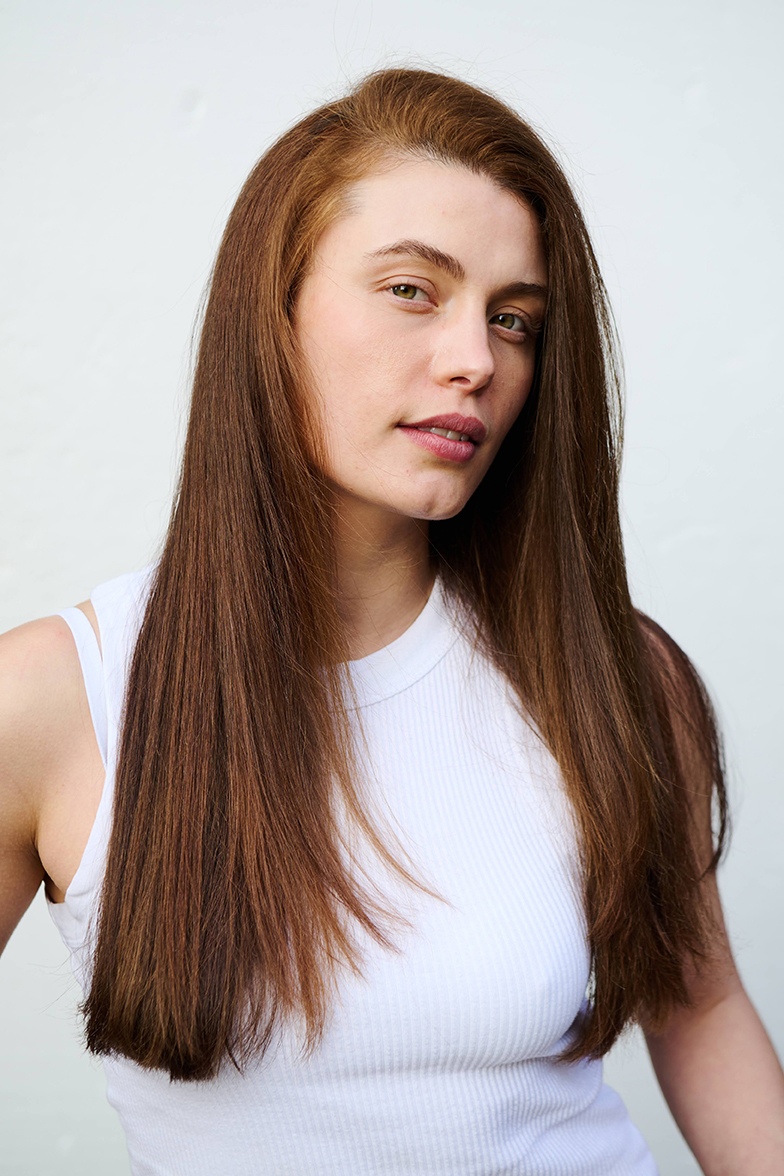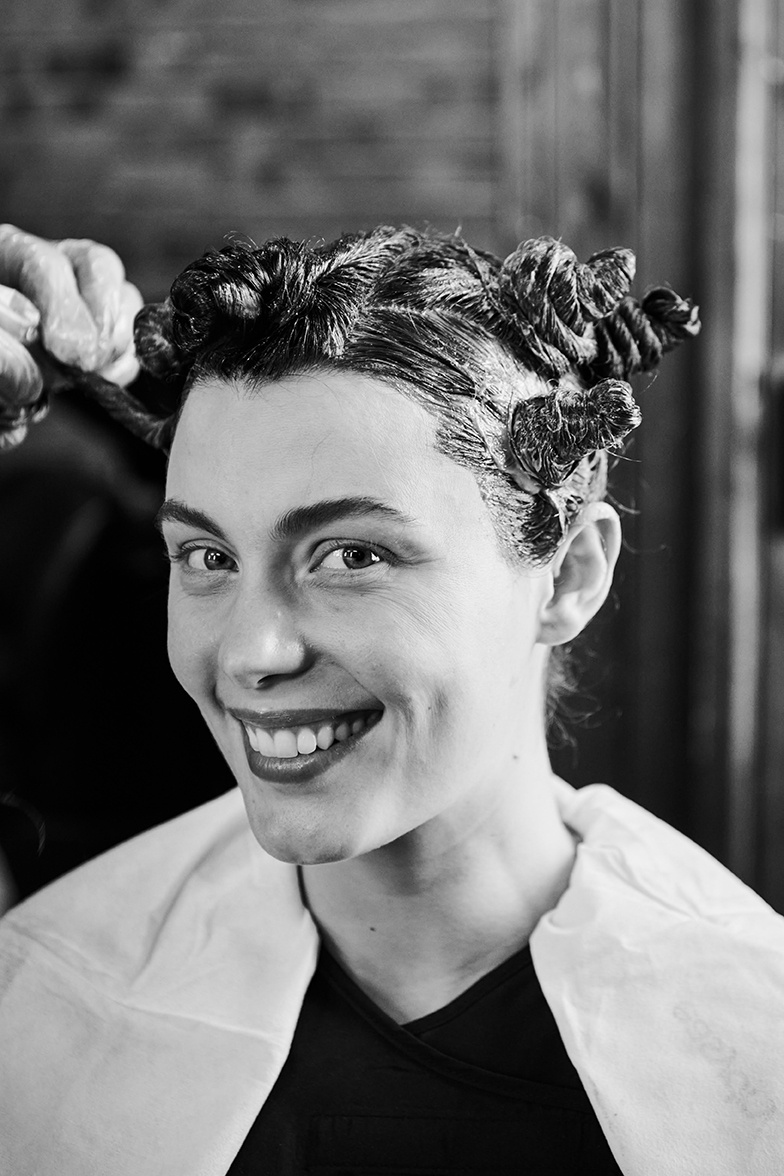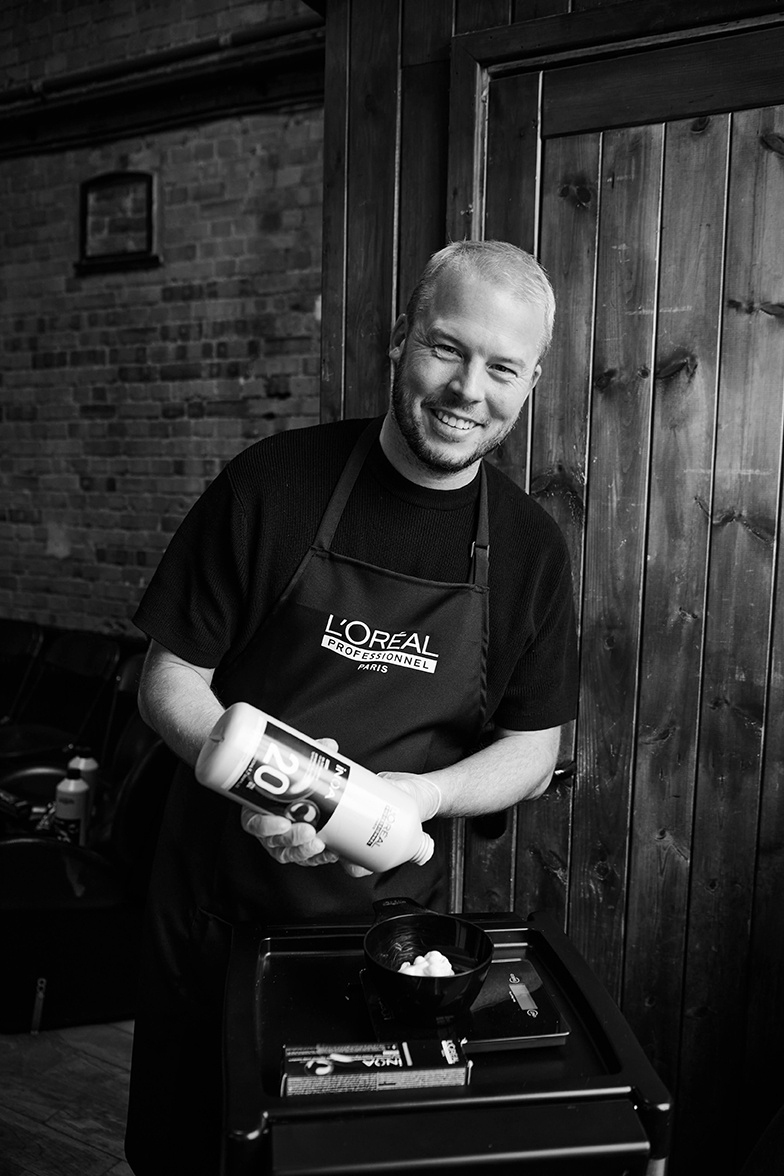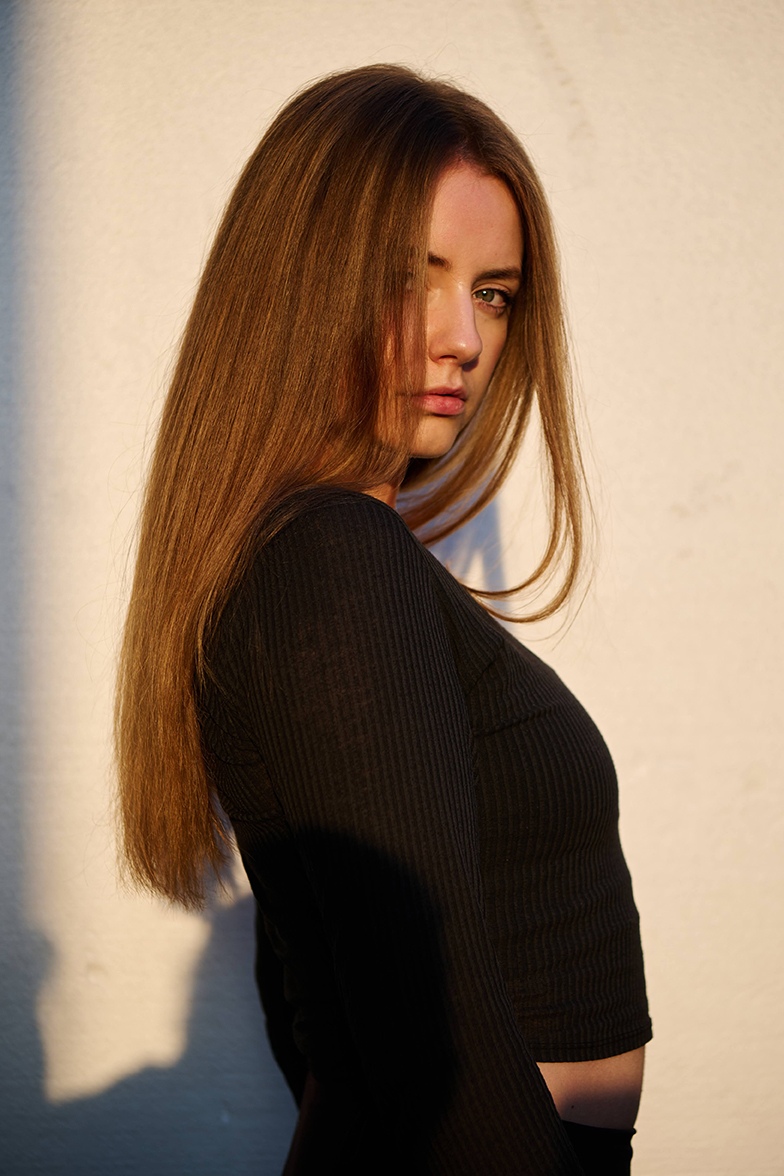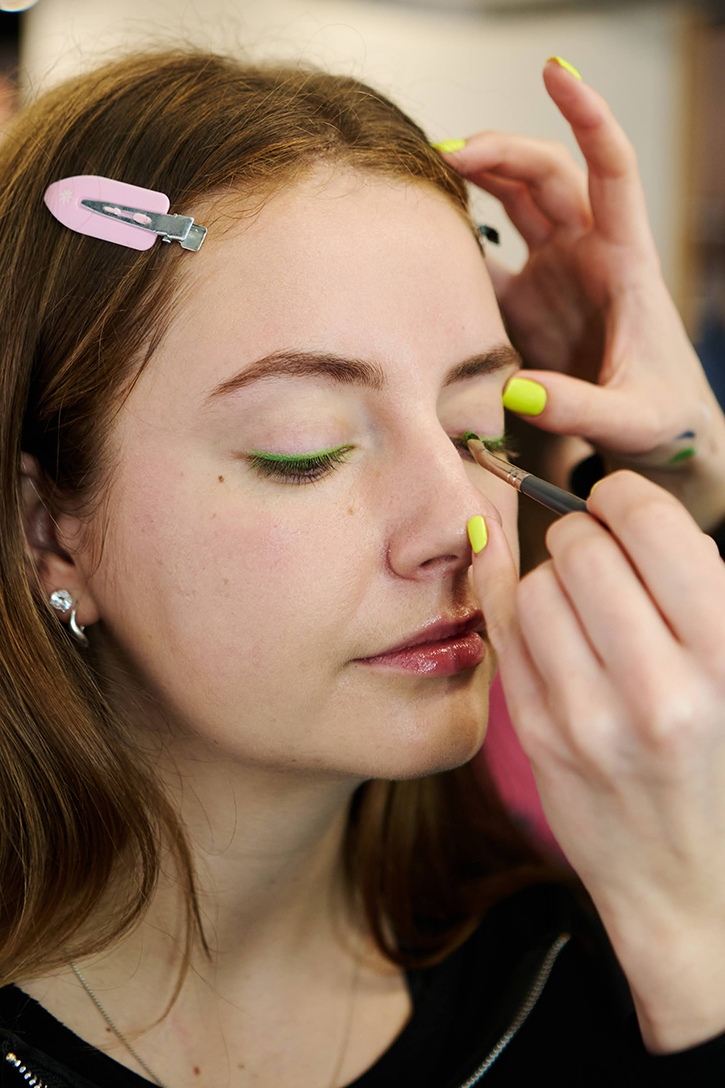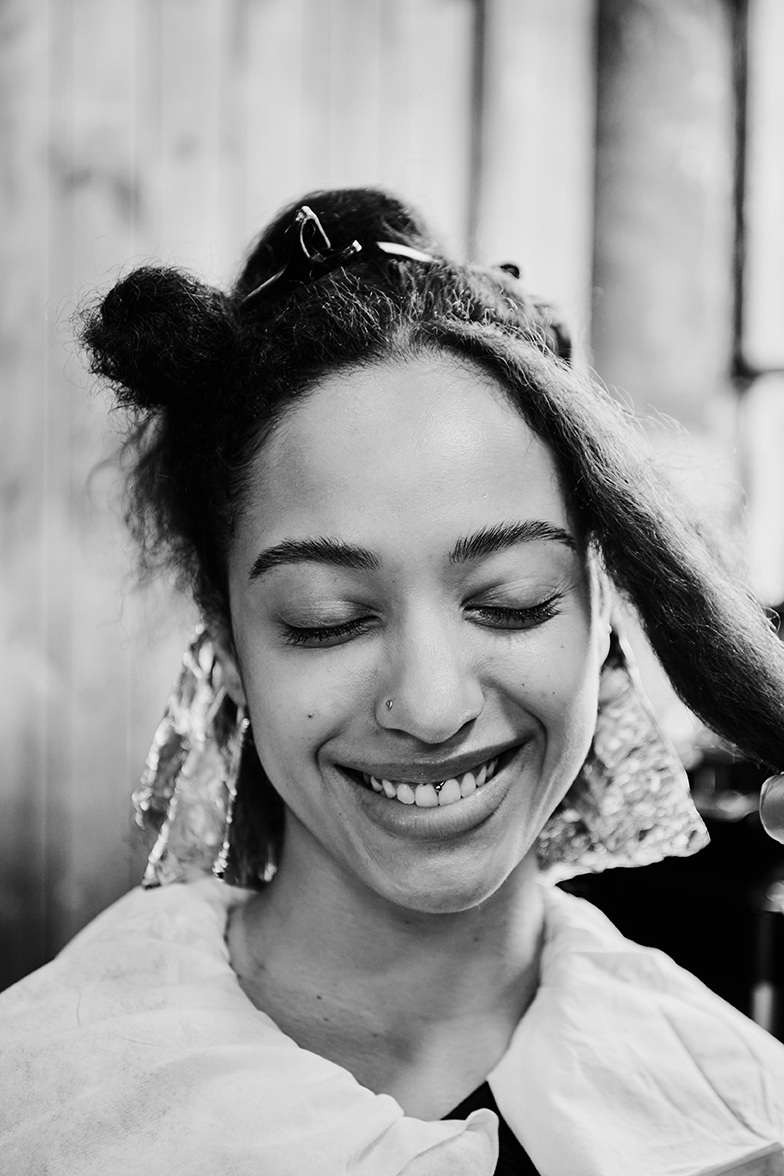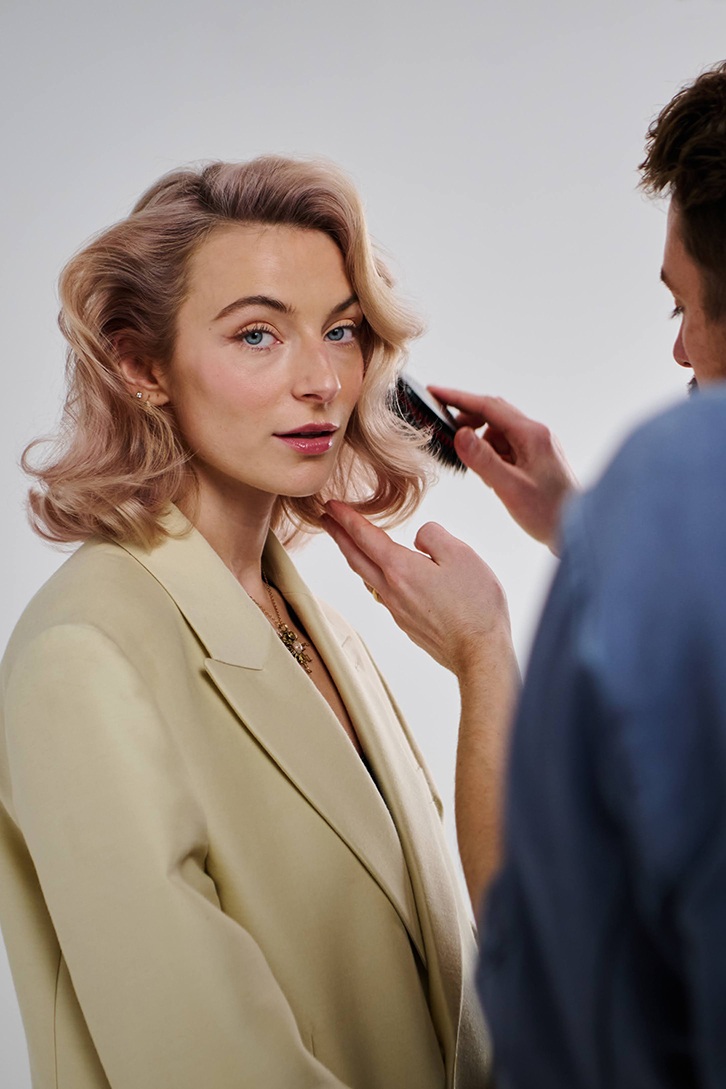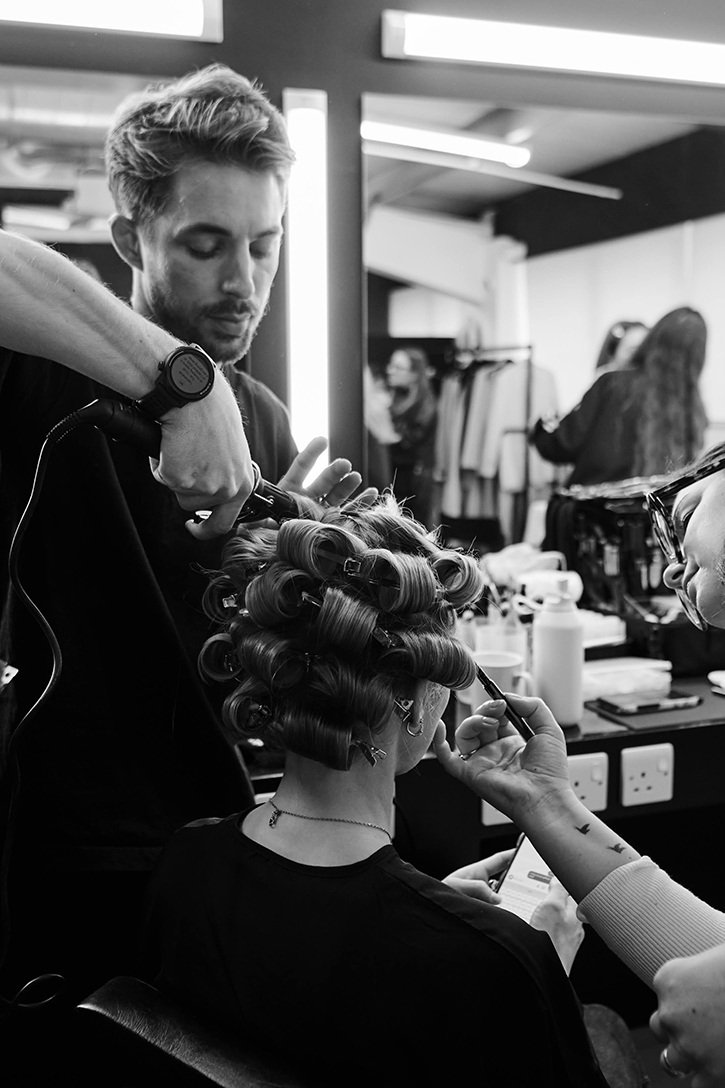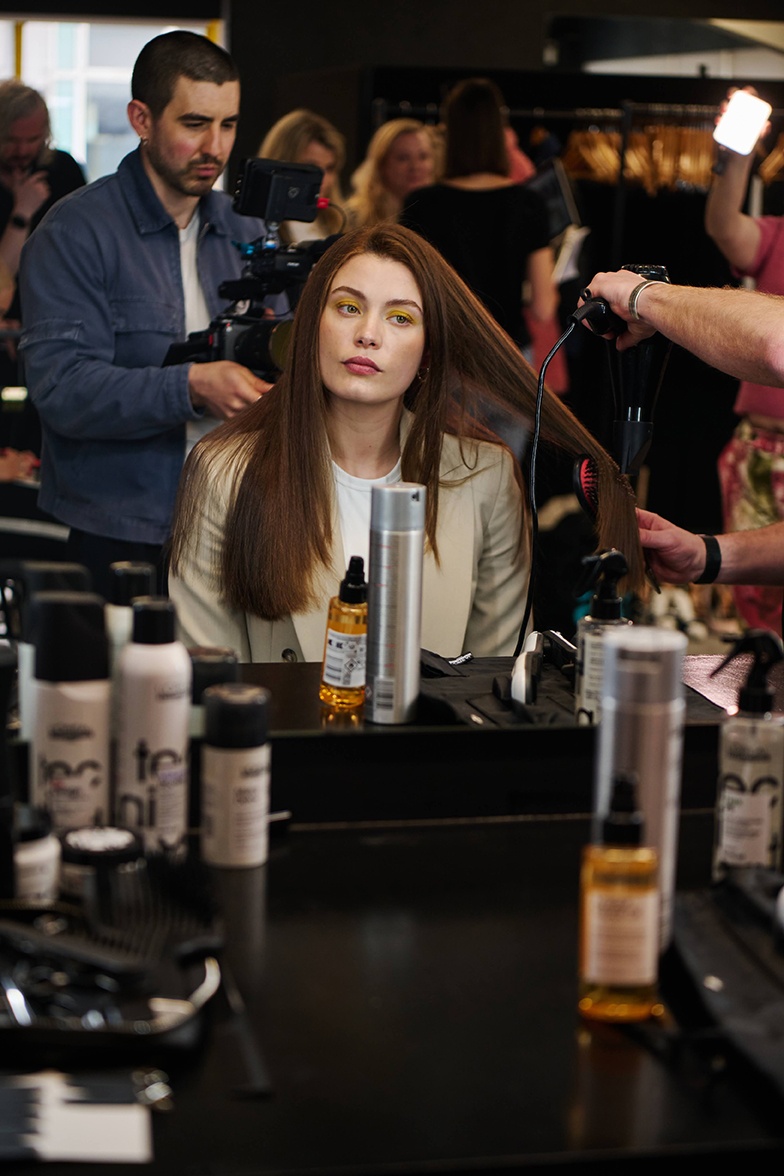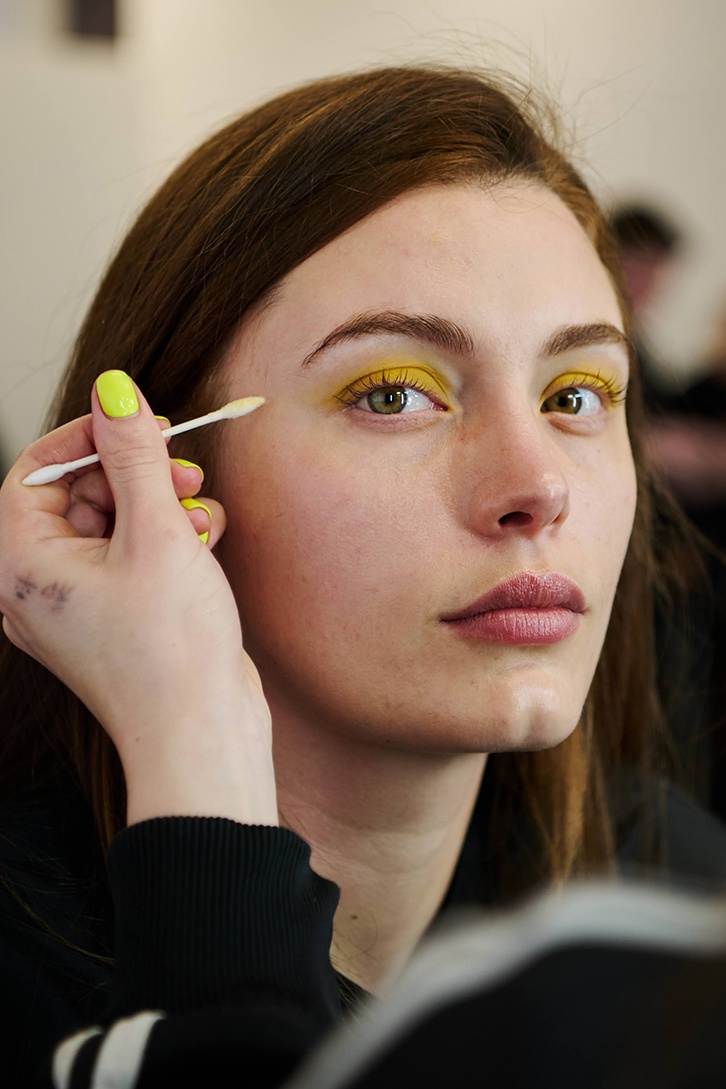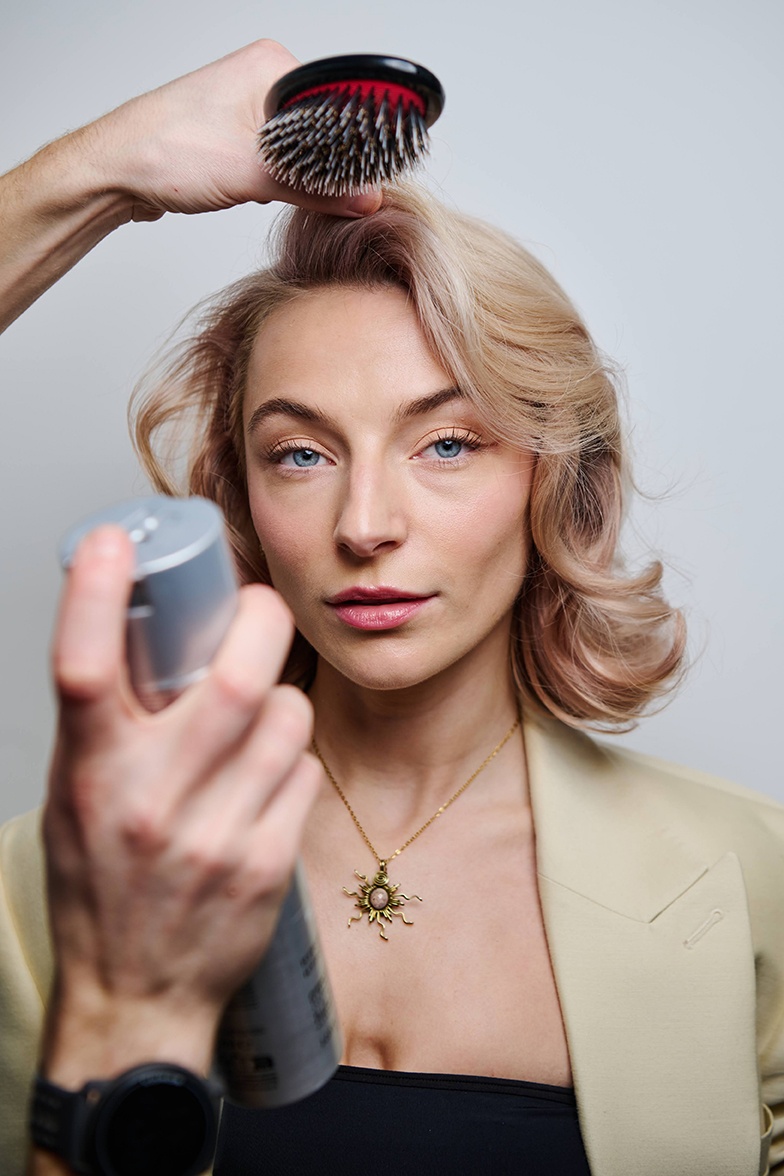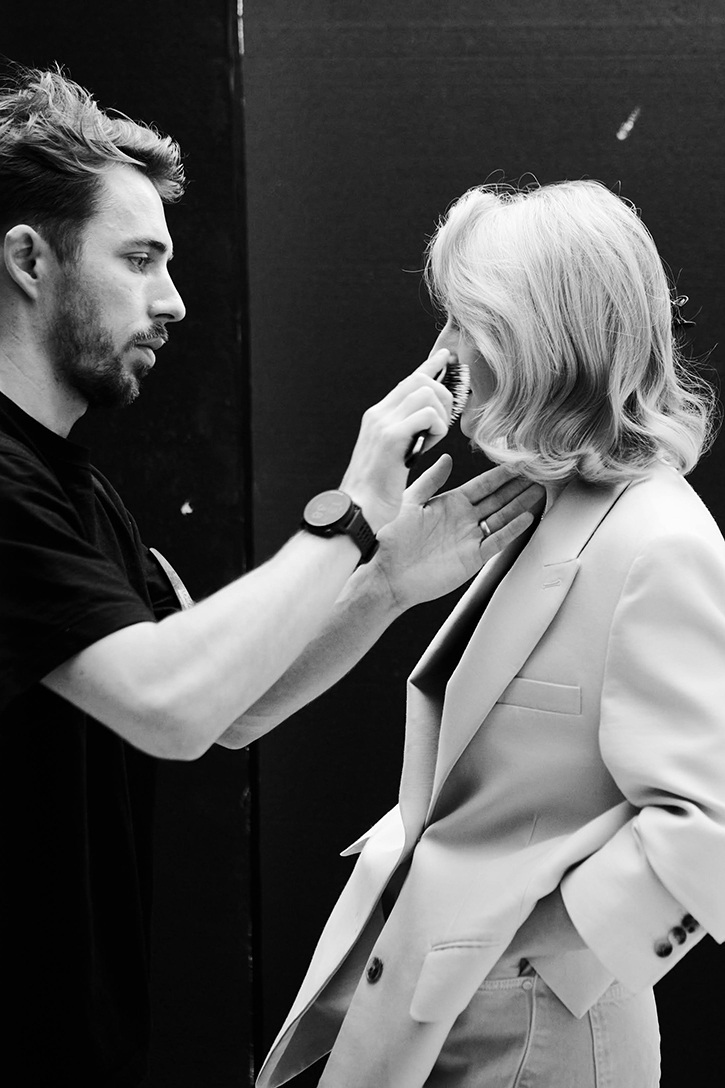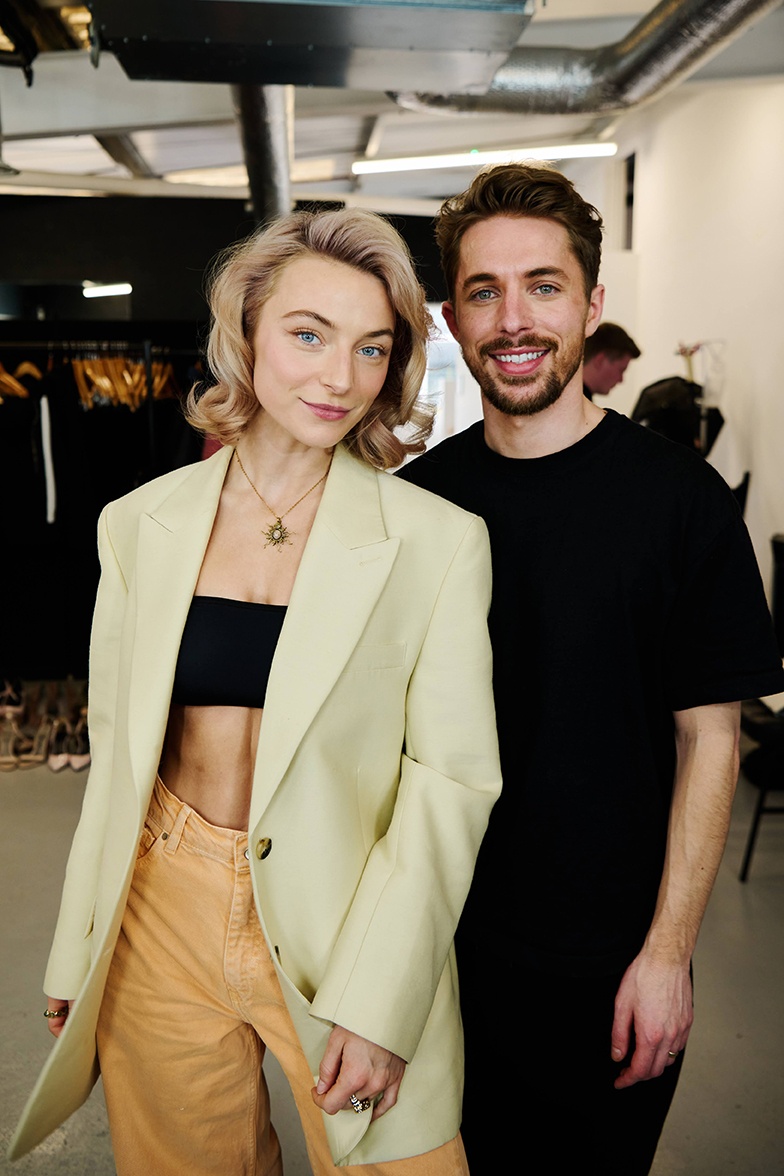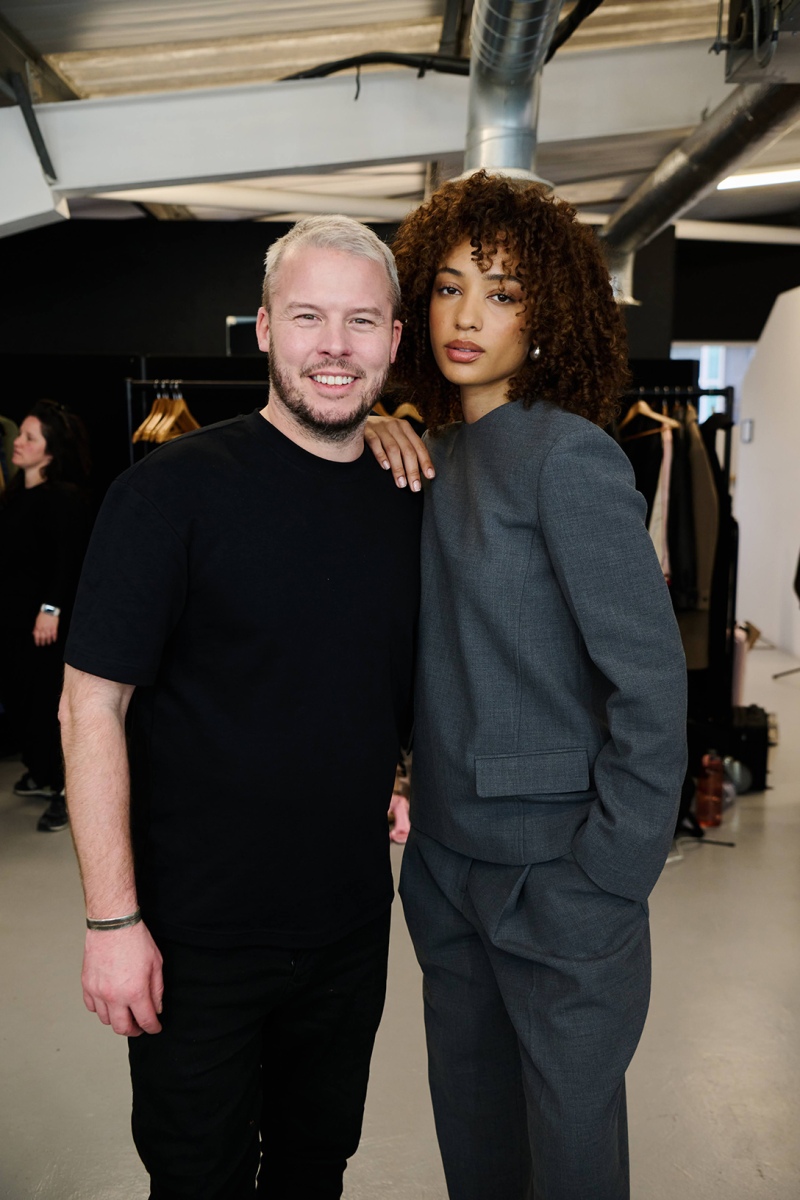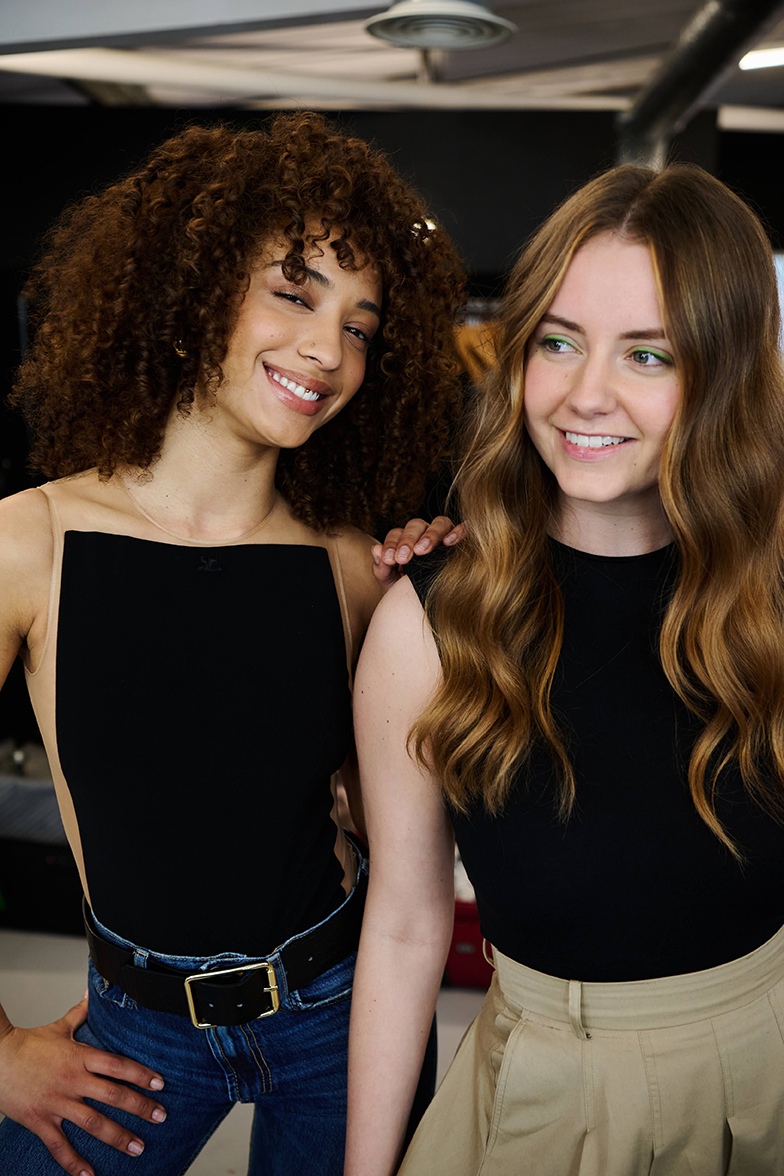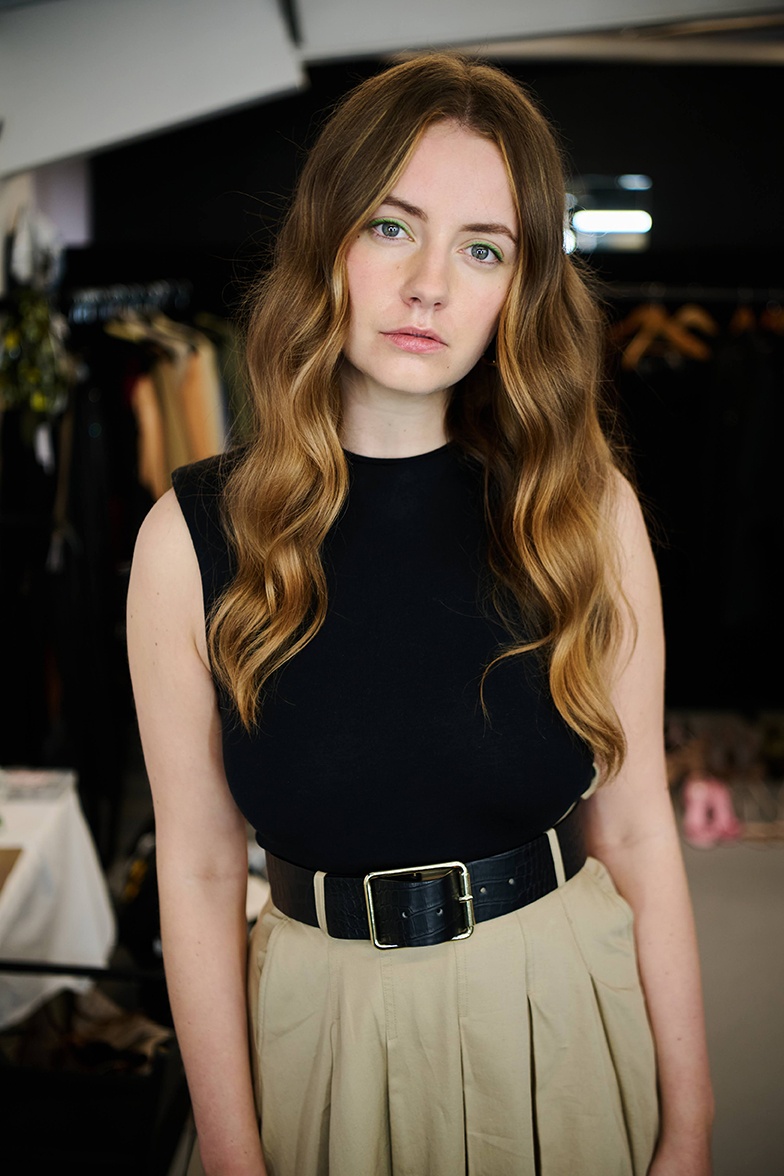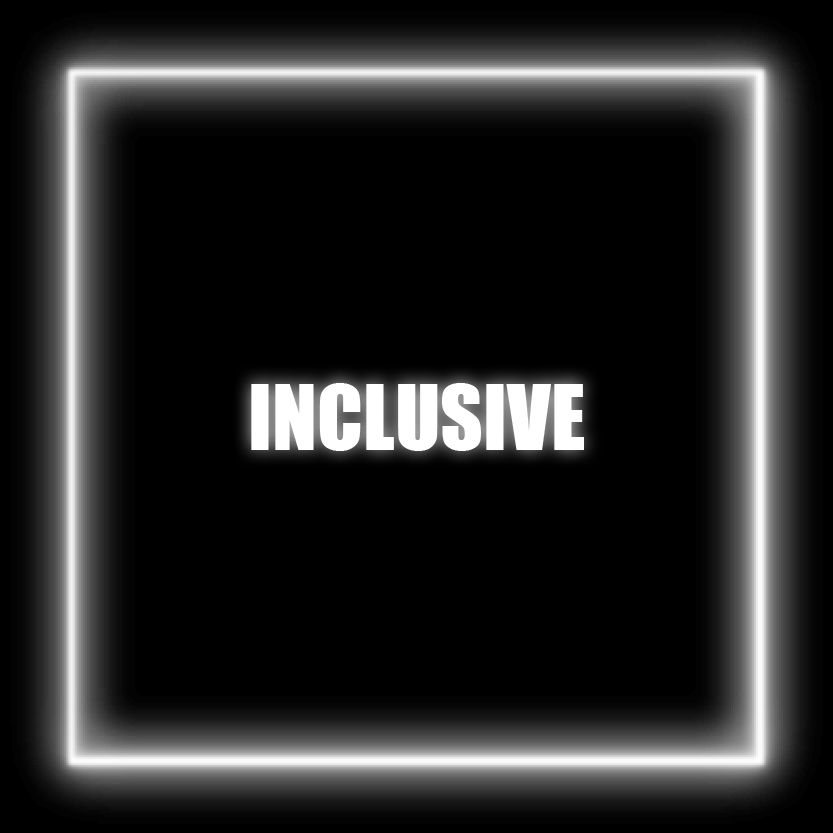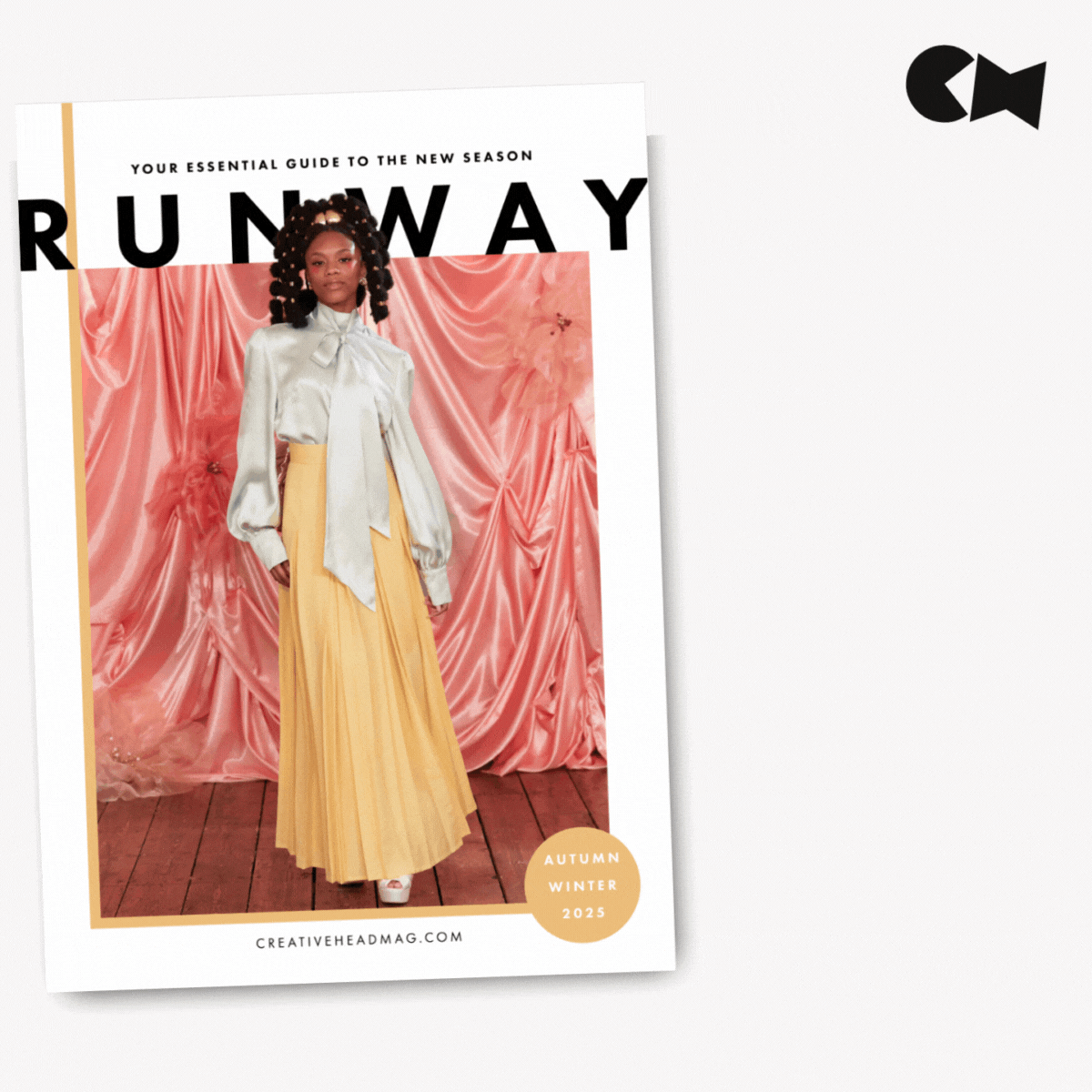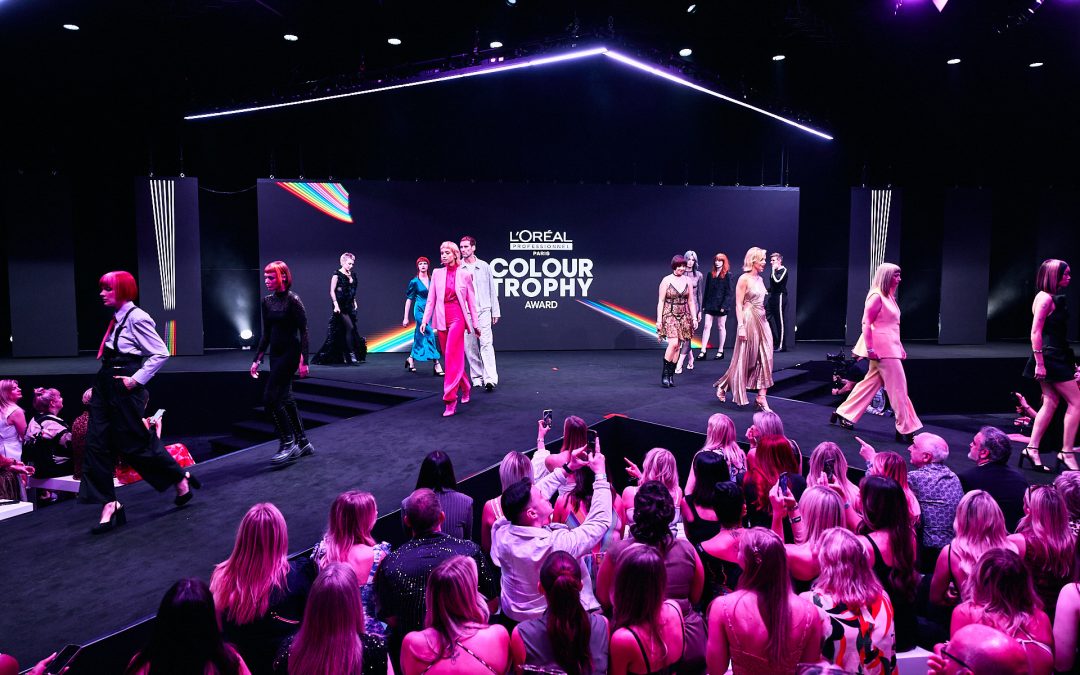
Who’s In The Pink At The L’Oréal Colour Trophy Grand Final?
Who’s In The Pink At The L’Oréal Colour Trophy Grand Final?
The return of the world’s longest-running live hair competition revealed a fruity favourite and jaw-dropping shows
by AMANDA | INFORM

Barnsley’s Russell Eaton salon is the 2025 L’Oréal Colour Trophy overall winner, with a candy pink hue by Angela Thomson that wowed the judges.
A clean-bleached buzz cut saw Scottish regional winner Jason Hall Hairdressing in Edinburgh take second place, while Eastern regional winner Trinder Hair Studios in St Albans scooped the third place.

L’Oréal Colour Trophy 2nd Place: Jason Hall Hairdressing, Edinburgh
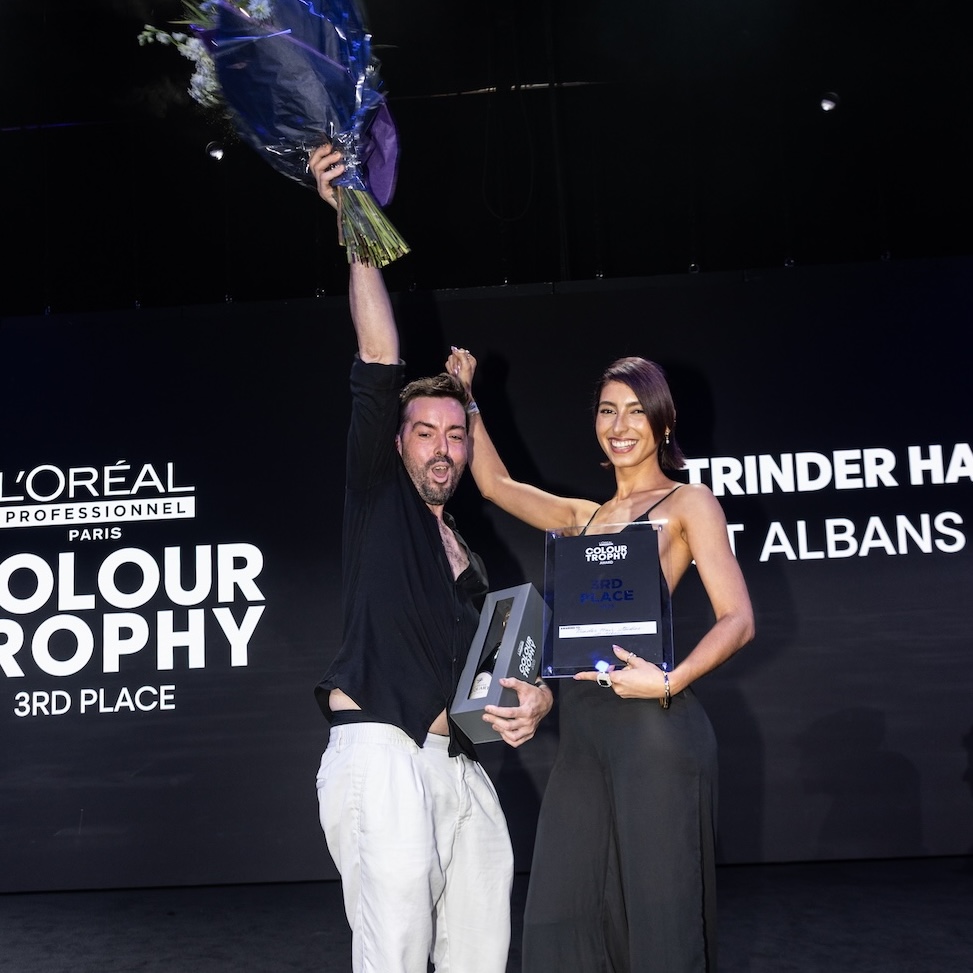
L’Oréal Colour Trophy 3rd Place: Trinder Hair Studios, St Albans
Old Billingsgate provided the venue as L’Oréal Professionnel celebrated their 69th L’Oréal Colour Trophy Grand Final in the safe hands of sharply attired host Will Best. An X-shaped stage, backed by an immersive wall of video screens that played a huge role in the whole production, served a blistering series of model looks from UK salons and two exceptional show teams.
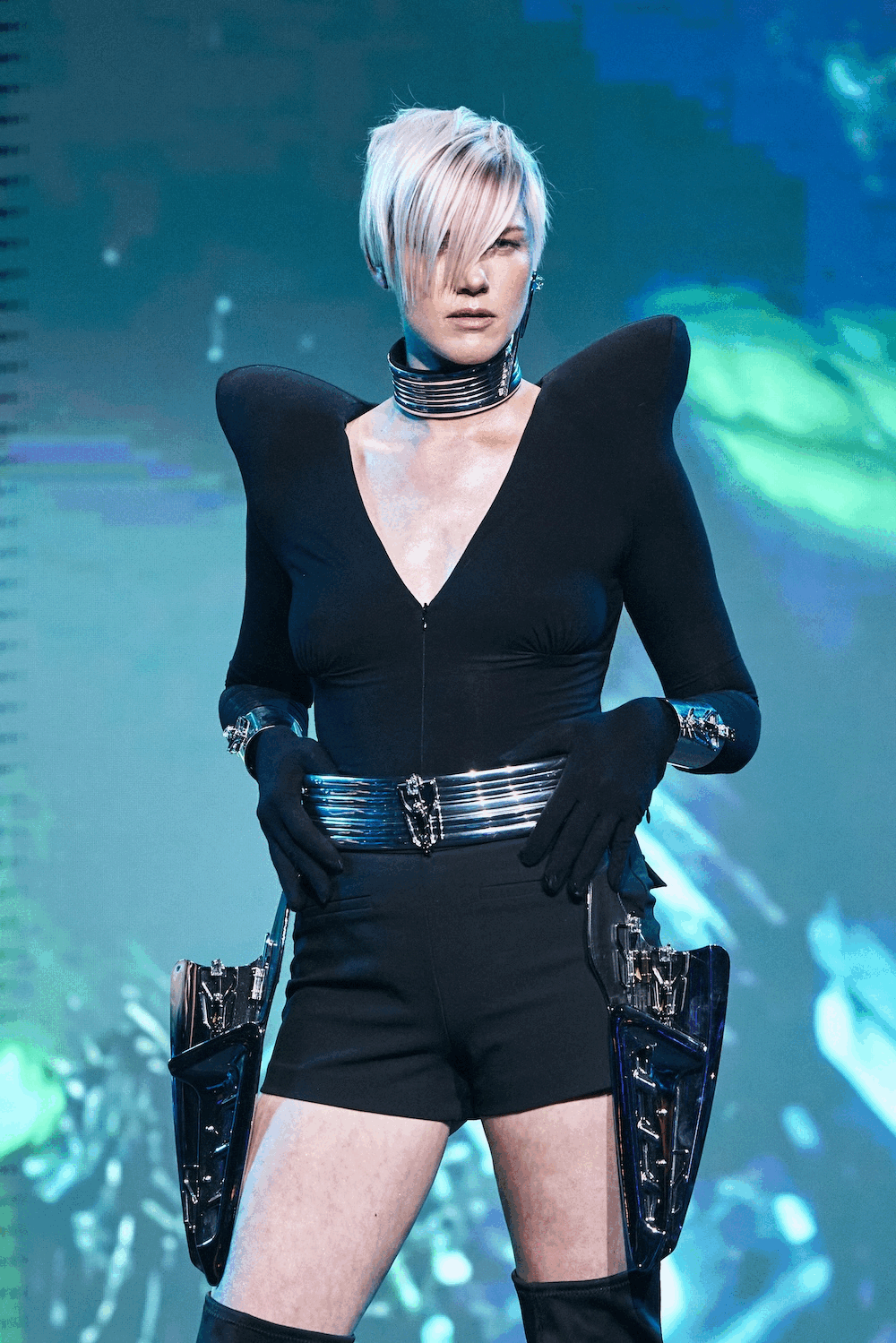
Chromatique by Berni Ottjes
L’Oréal Professionnel’s global artist Berni Ottjes and D&J Ambrose both presented other worldly creations with AI-generated worldscapes playing on the monster screens behind the models. Chromatique by Antwerp-based Berni, assisted by Josh and Sophie-Rose Goldsworthy of Goldsworthy’s, was a journey through time, to the present and the future beyond. Every hair finish was a sculpture, with each silhouette illustrating an echo of time. This was a symphony of texture, colour and form – mouthwatering coppers and deeper reds alongside future-facing blondes – with the show highlighting new innovations such as bio-based materials, illuminated hair accessories and 3D printed elements, all blurring the lines between fashion, art and technology.

Realhallucination by D&J Ambrose
Realhallucination by D&J Ambrose was a powerful presentation exploring how we see things through our digital eye. Darren and Jackie Ambrose, supported by iD Artists Zak Hulbert (Blushes), Morgan Graham (MG The Studio) and Stephen Campbell (Hair & Co) and with creative colour from Alex Lord, invited the audience to tap into sensory stimulation, to feel and see their journey through iconic fashion. The initial futuristic vibe melted into an anarchic punk-infused display including break dancing, digital graffiti, bleached buzz cuts, raw lengths with matte blues and grey tones, before switching again to a Westwood-informed Regency feel. Acrobatic dancers with neon braided pieces wowed; Goldfrapp’s ‘Strict Machine’ the pumping soundtrack that hit the hardest.
Aurélien Guibret, the new managing director of L’Oréal Professional Products, was joined by Sussan Verghese, UKI general manager of L’Oréal Professionnel, to reveal the overall winner. Once that confetti bomb of victory had exploded, DJ Nick Bright led the after-party celebrations.
The winners are
L’Oréal Colour Trophy overall winner: Russell Eaton, Barnsley
L’Oréal Colour Trophy 2nd Place: Jason Hall Hairdressing, Edinburgh
L’Oréal Colour Trophy 3rd Place: Trinder Hair Studios, St Albans
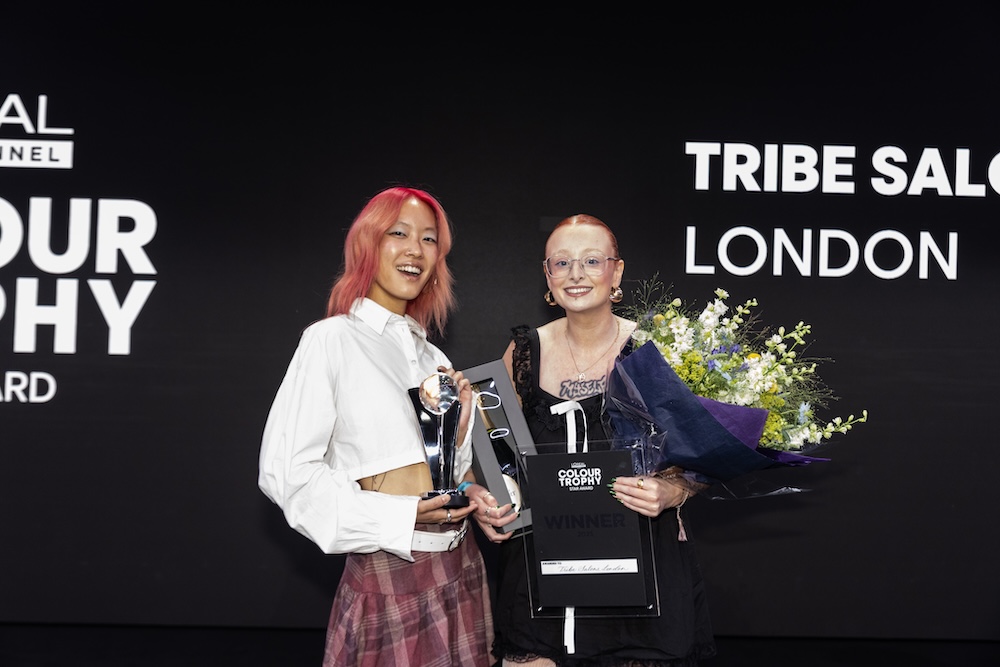
L’Oréal Colour Trophy Star Award: Tribe Salons, London
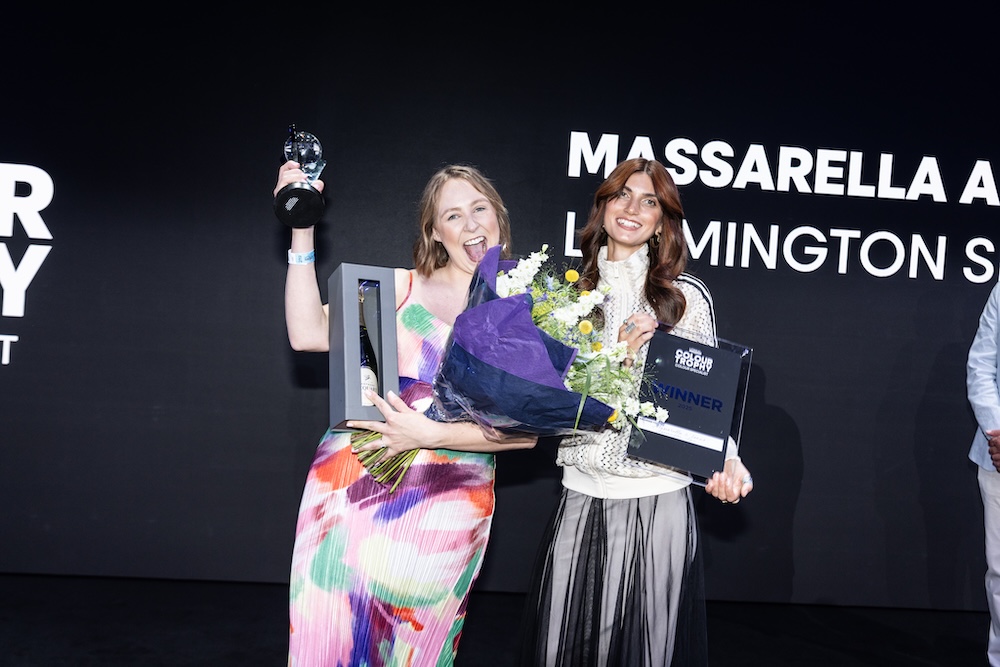
L’Oréal Colour Specialist Award: Massarella & Jones, Leamington Spa
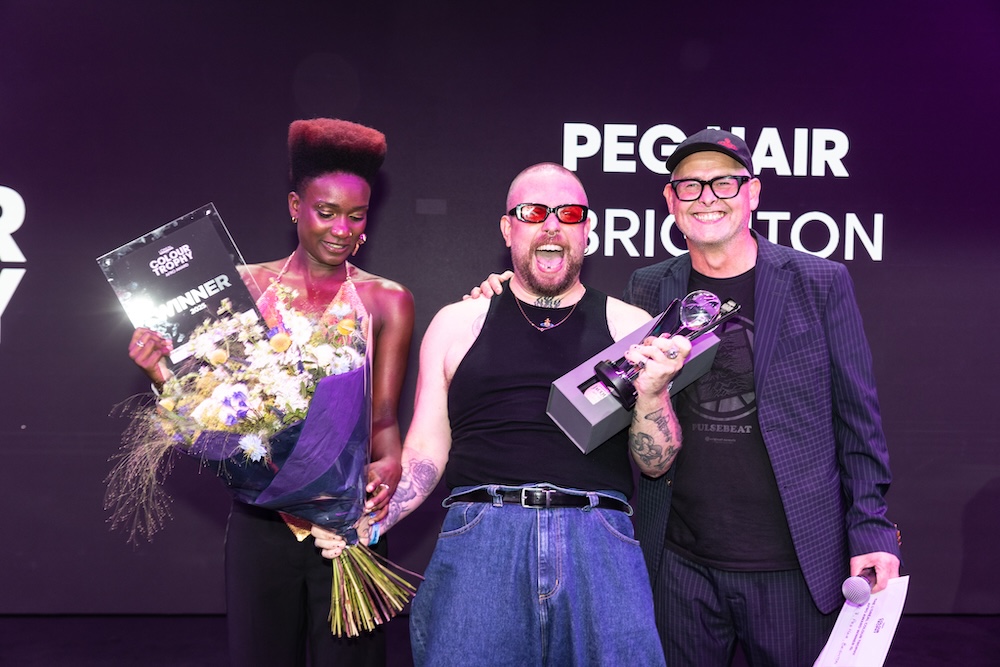
L’Oréal Colour Trophy Afro Award: Peg Hair, Brighton
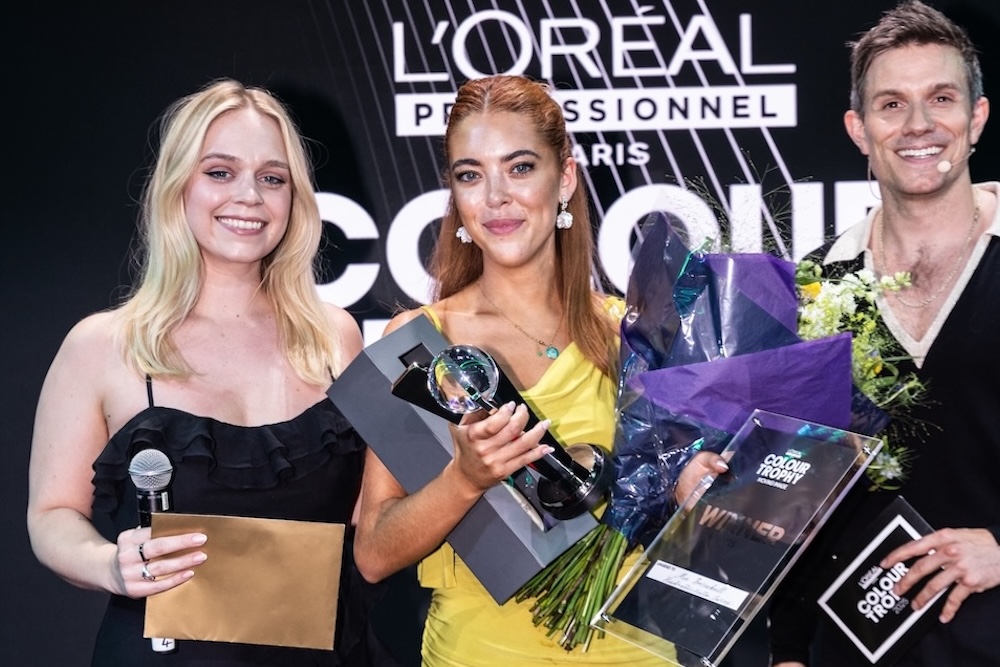
L’Oréal Colour Trophy Moving Image: Mia Barraball, Headmasters Walton
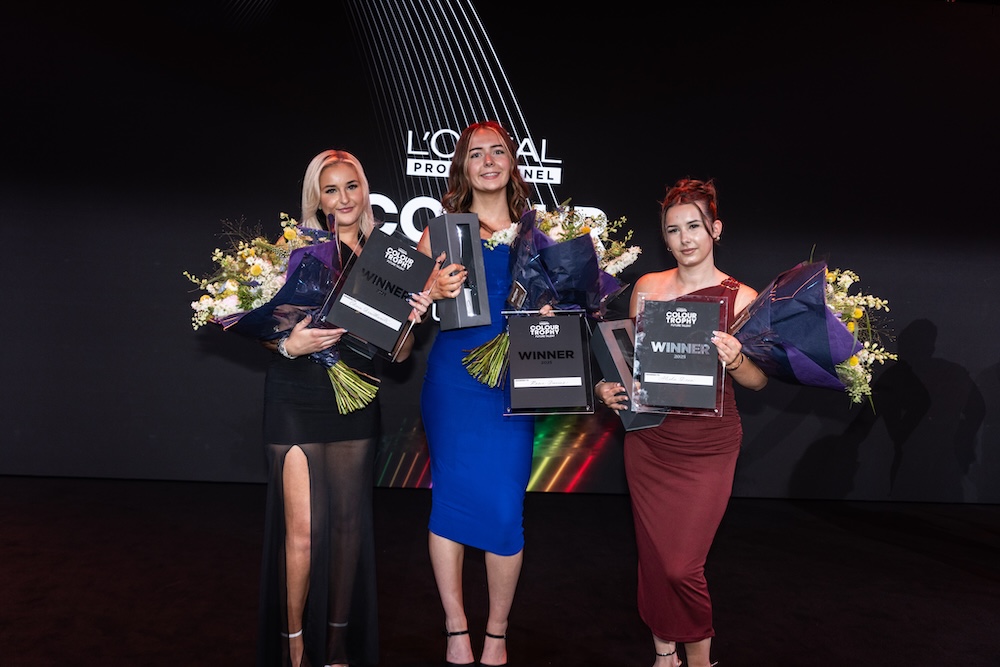
L’Oréal Colour Trophy Future Talent: Alisha Drew, Jessica McDermott, Katie Miller, Olivia Braithwaite and Rosie Davies
L’Oréal Colour Trophy Regional Winners

Western: Anthony John Salons, Litchfield

Eastern: Trinder Hair Studios, St Albans

Southern: TGB Spa, Brighton

London: Brooks & Brooks, London

North Eastern: Russell Eaton, Barnsley
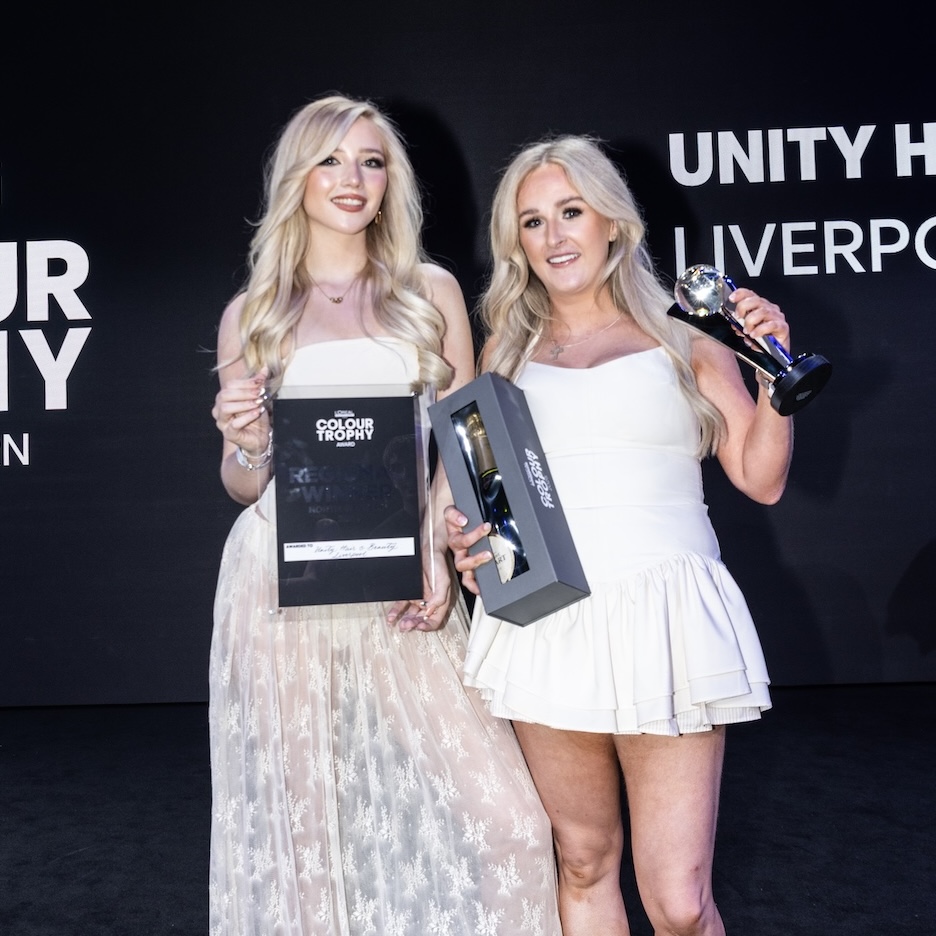
North Western: Unity Hair & Beauty, Liverpool

Northern Irish: Andrew Mulvenna, Belfast

Scottish: Jason Hall Hairdressing, Edinburgh
